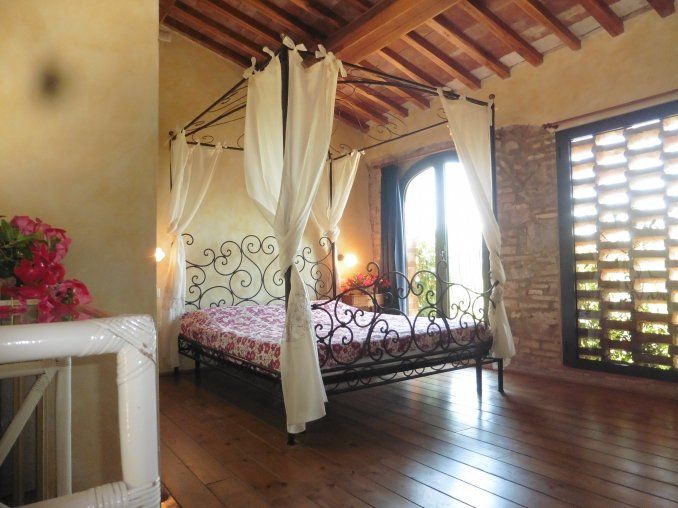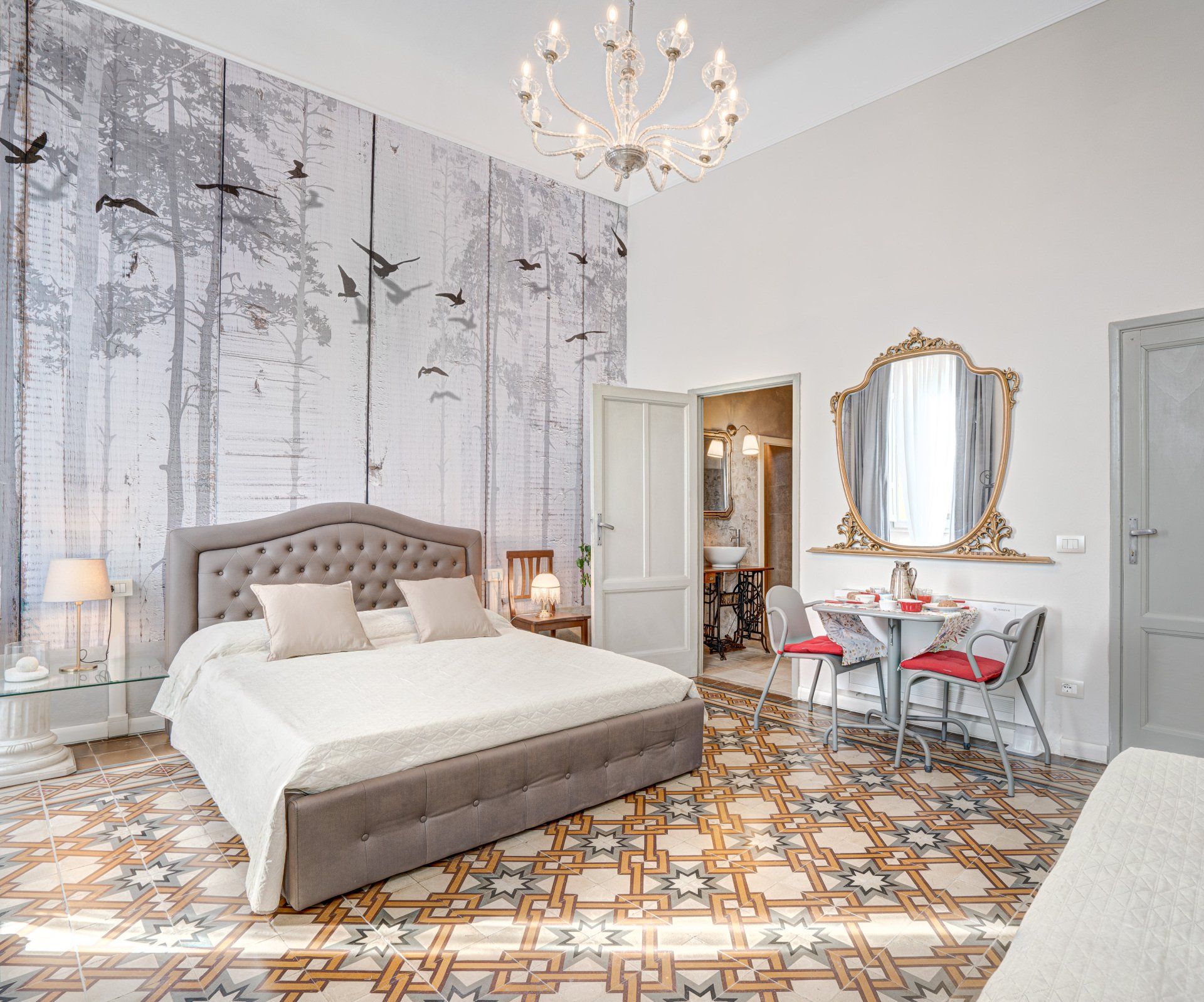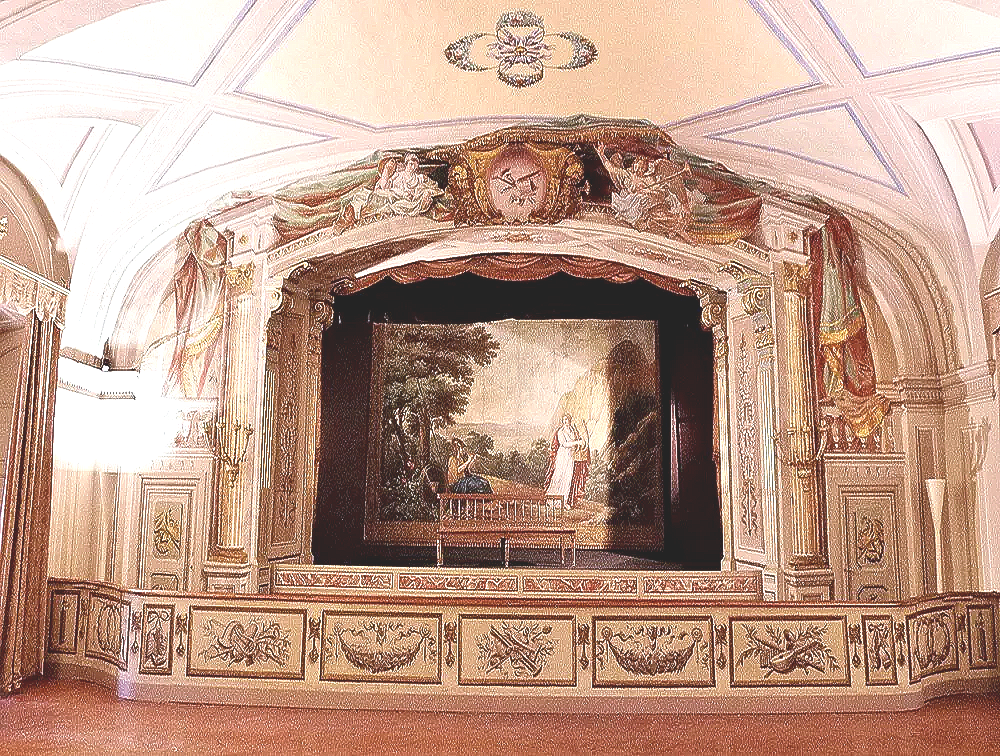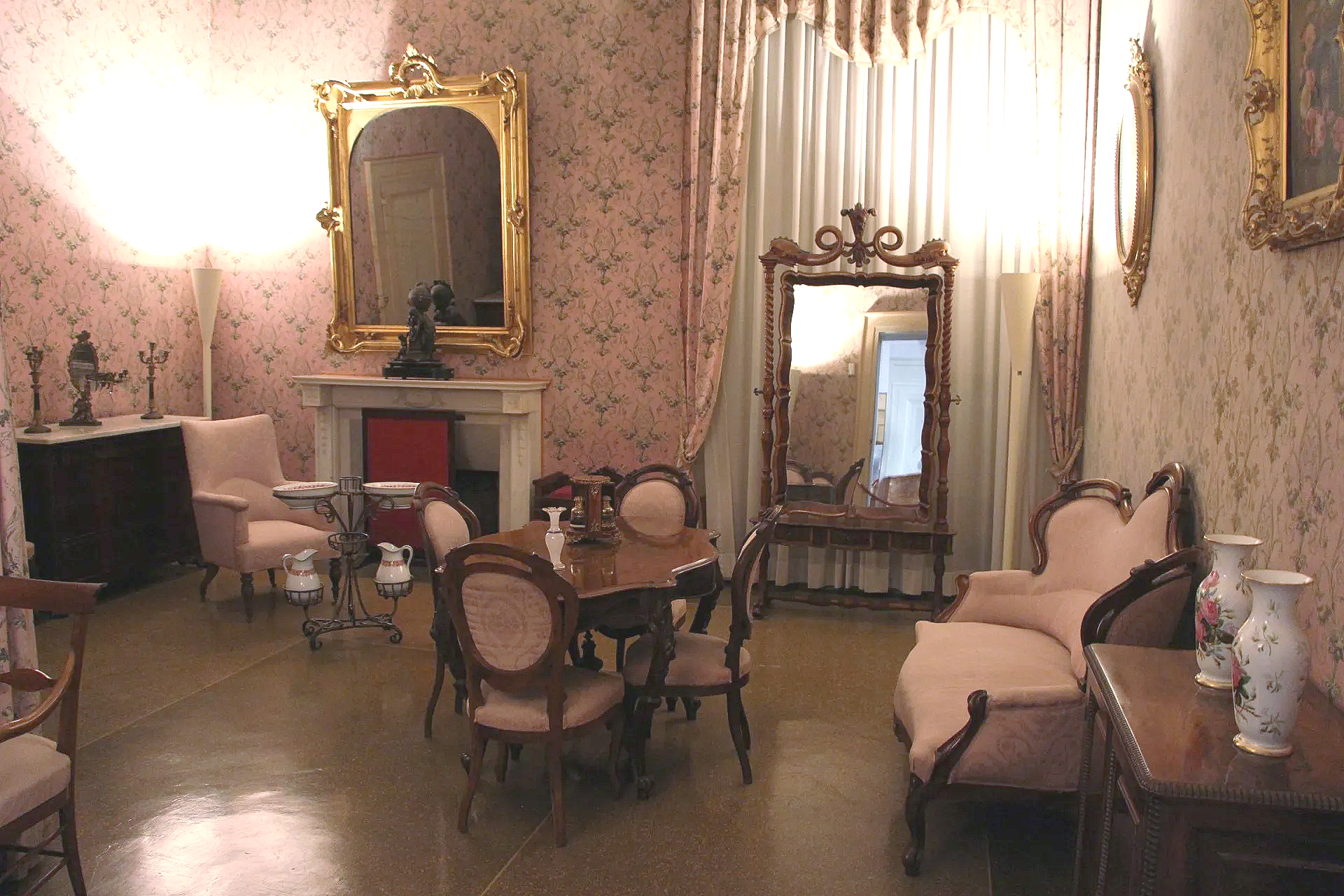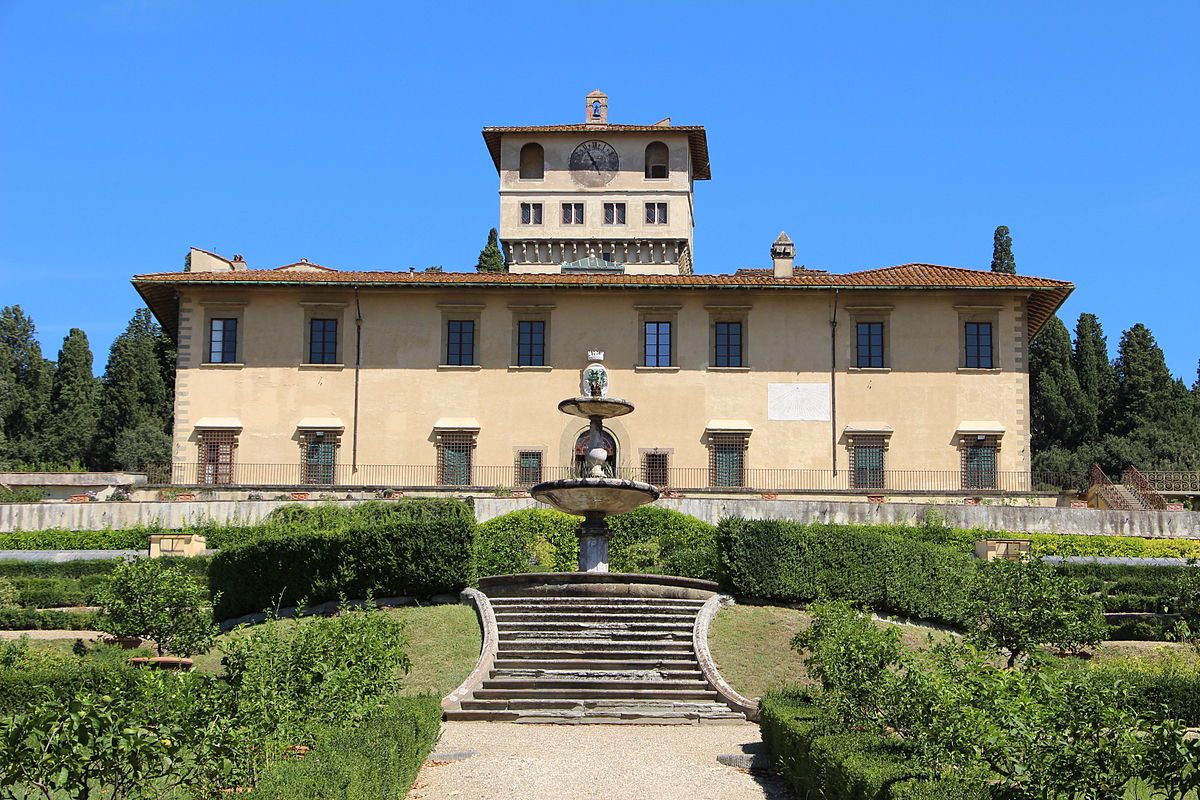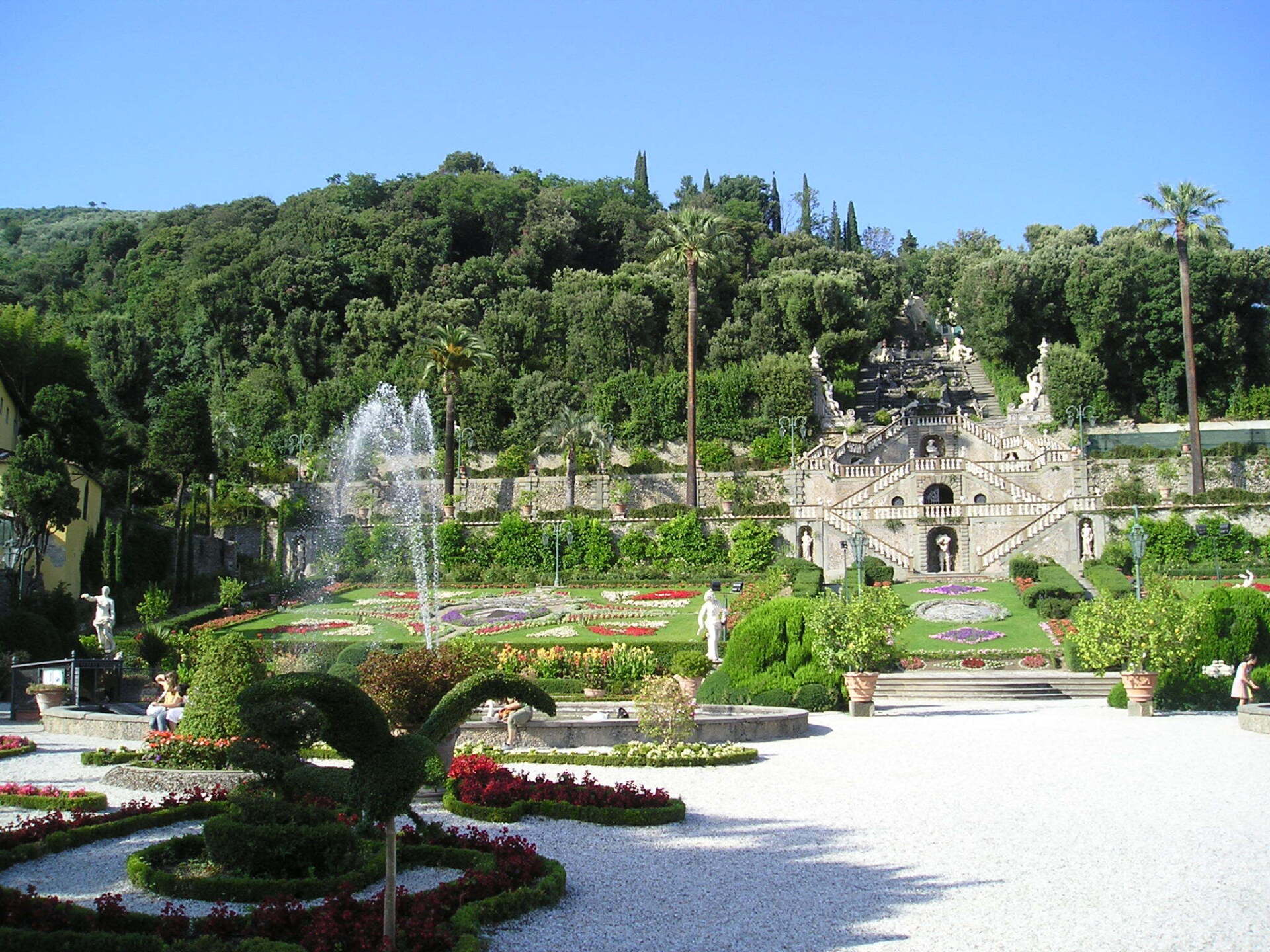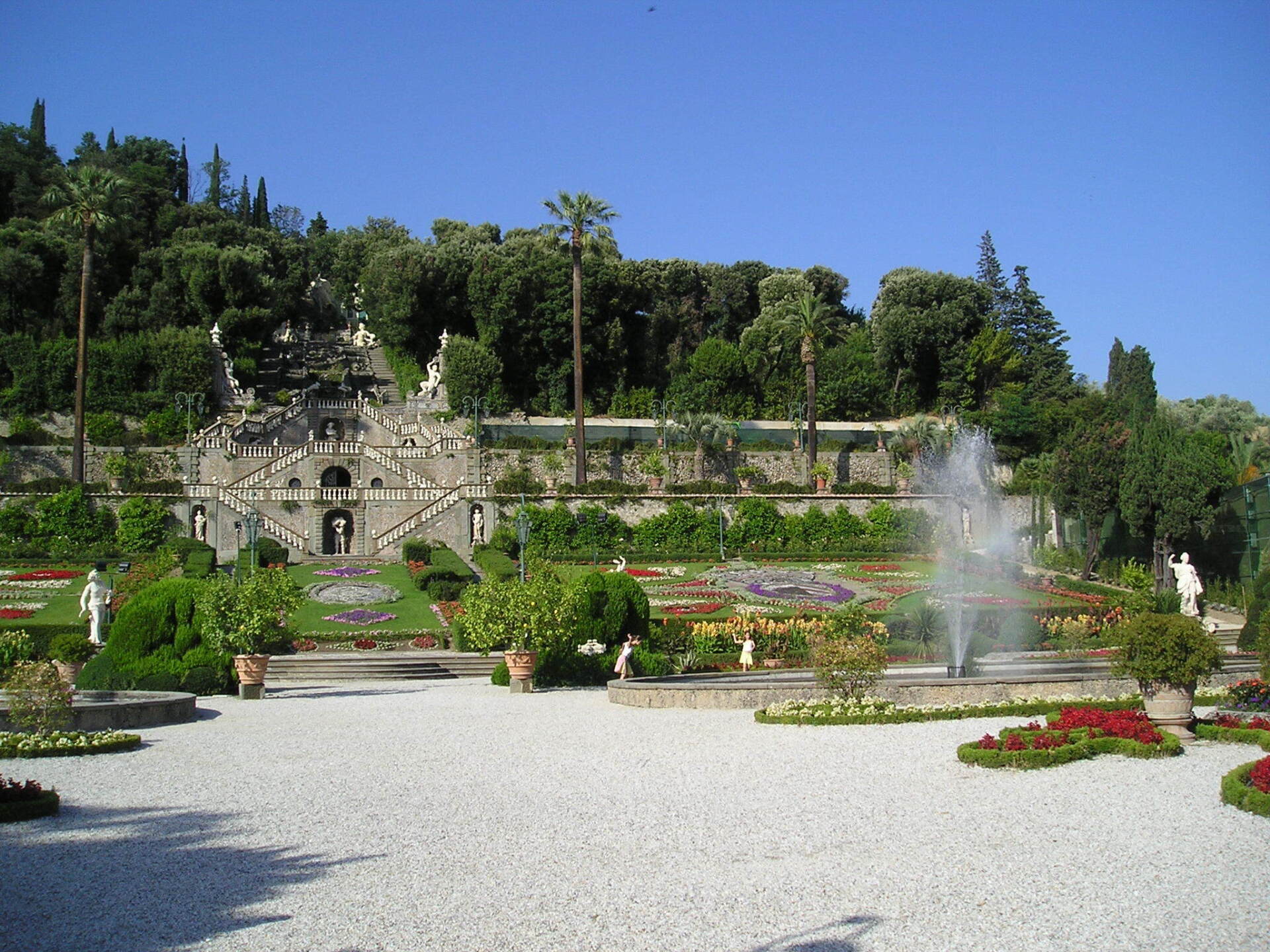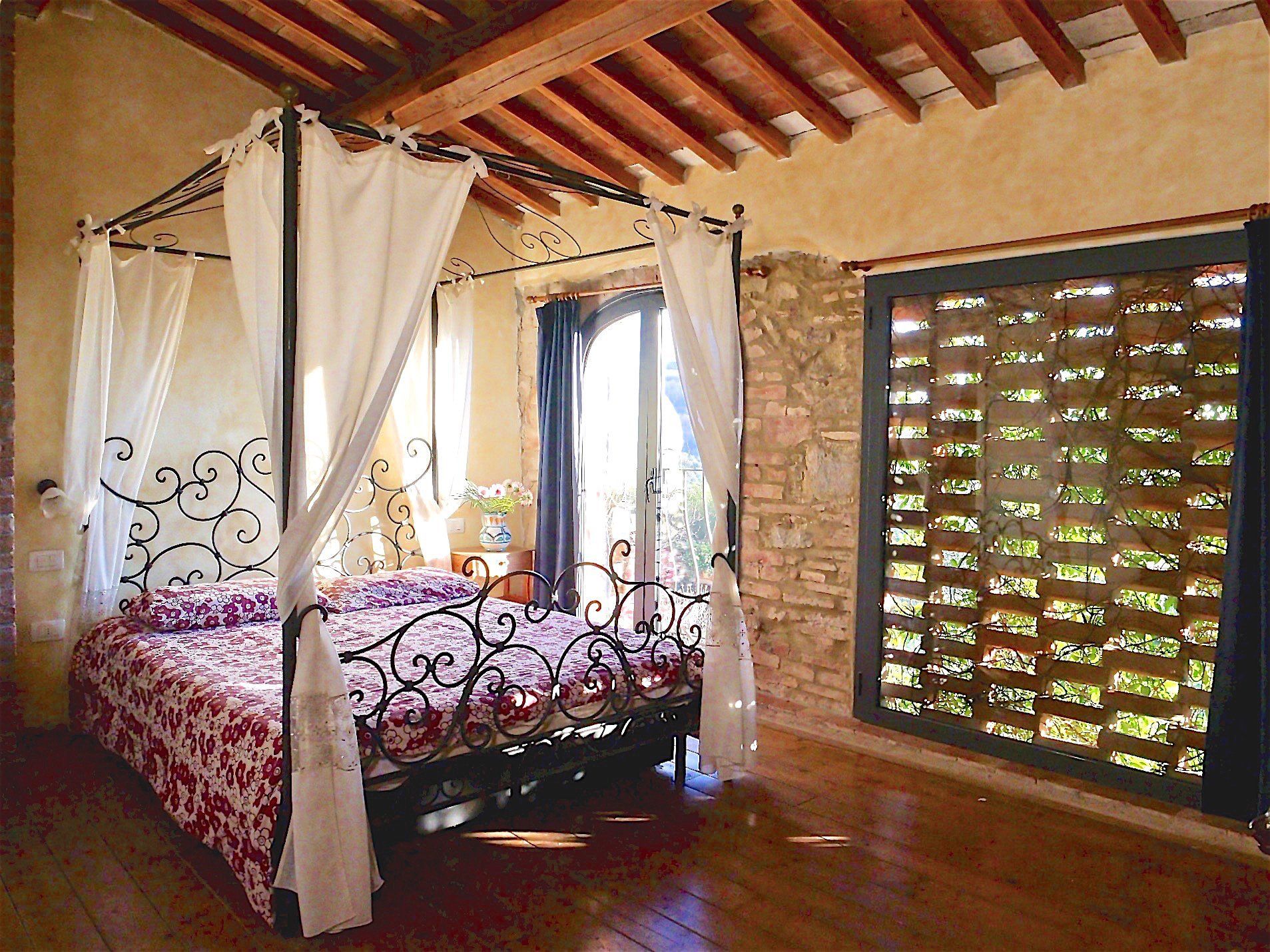Villas and Gardens
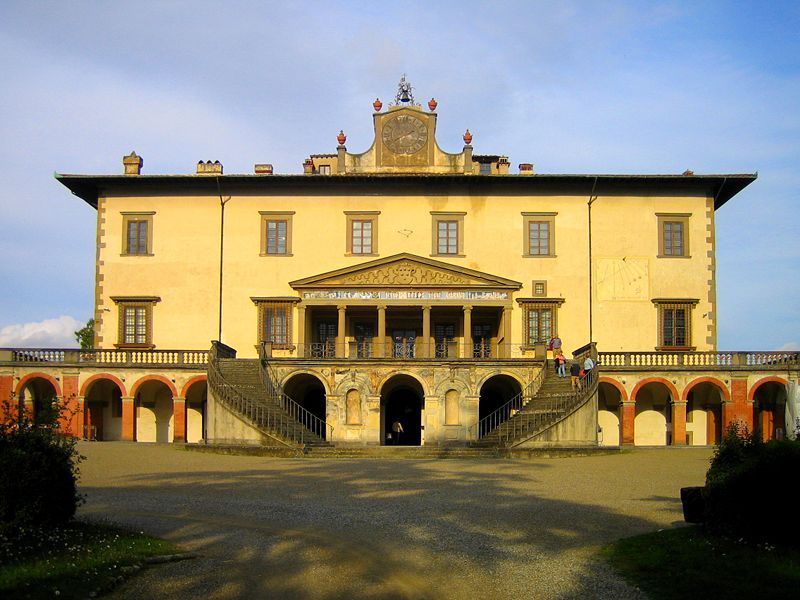
Slide title
Scrivi qui la tua didascaliaButton
Slide title
Scrivi qui la tua didascaliaButton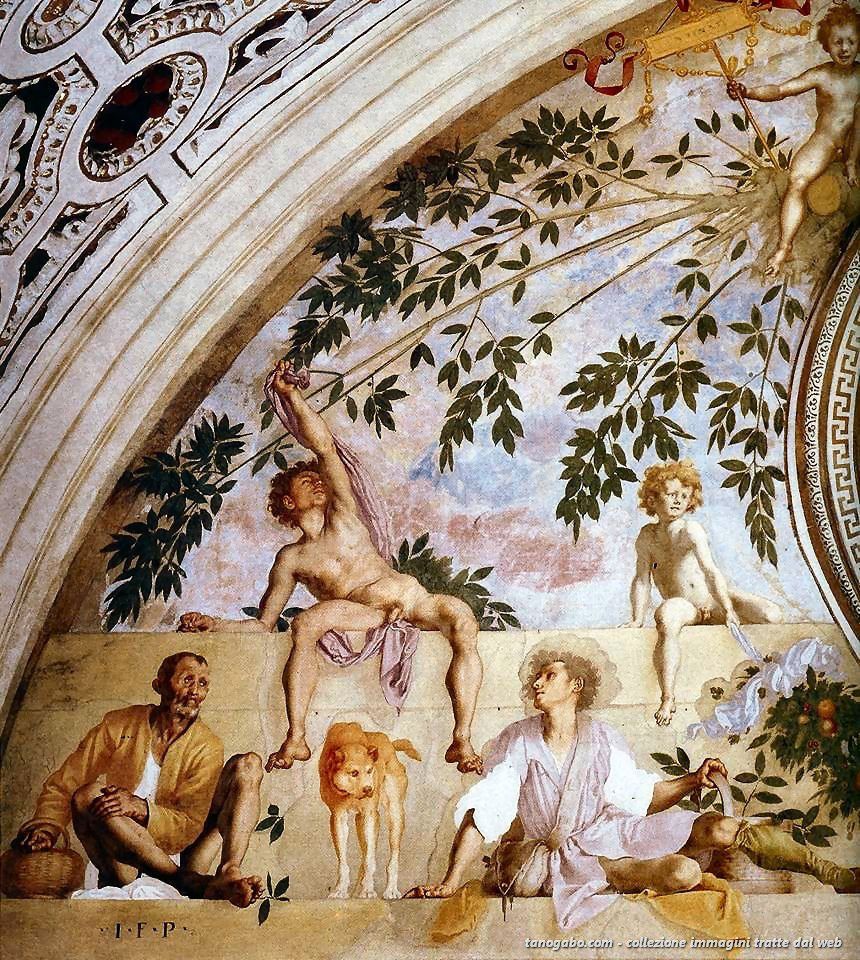
Slide title
Scrivi qui la tua didascaliaButtonSlide title
Scrivi qui la tua didascaliaButtonSlide title
Scrivi qui la tua didascaliaButton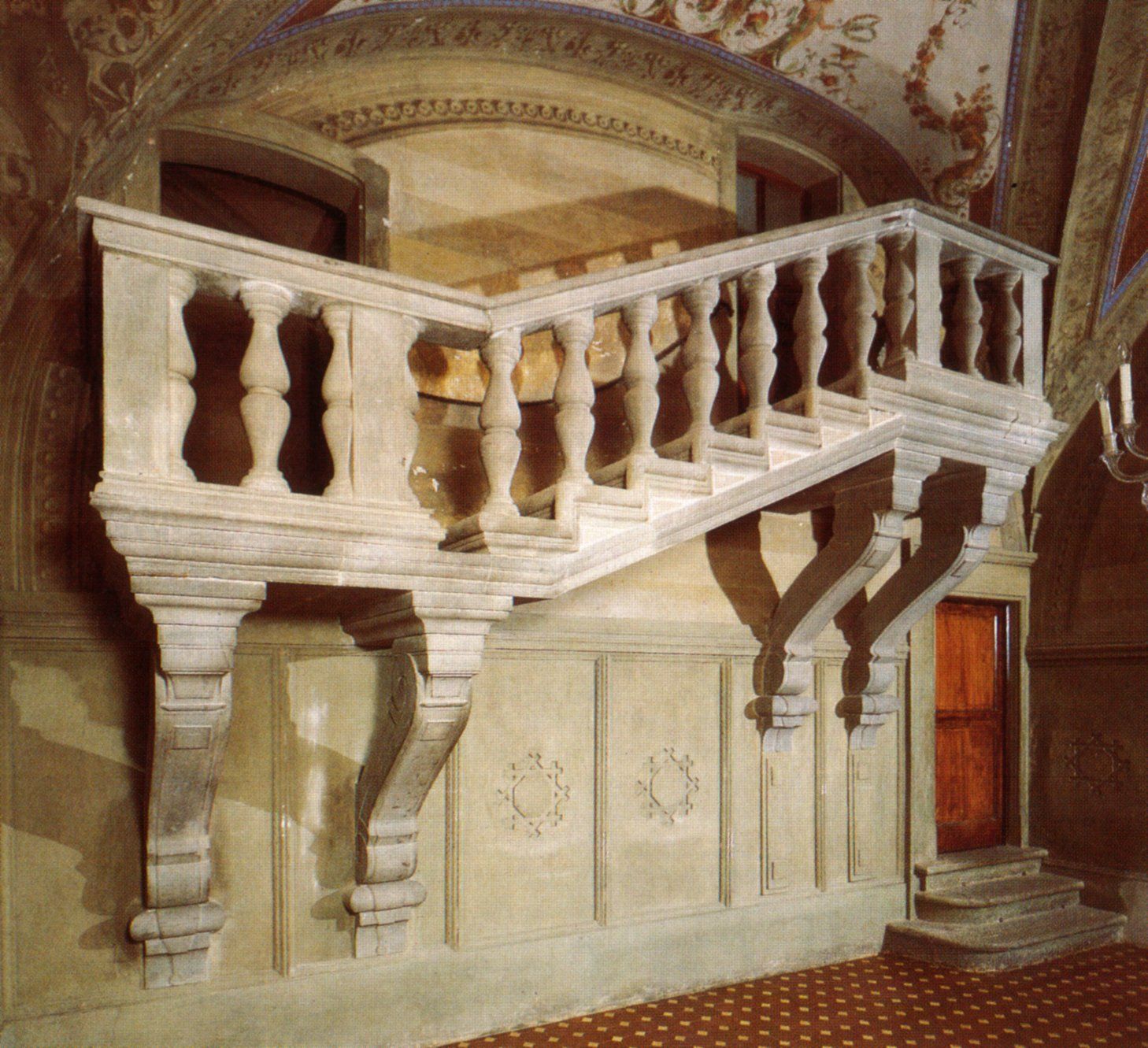
Slide title
Scrivi qui la tua didascaliaButton
-
Medici Villa of Poggio a Caiano (PO) - Villa Ambra
Poggio a Caiano gained notoriety when the Medici family became the owner of the fortified residence of the Strozzi family on which the “Ambra” villa was built. Villa Ambra, commissioned by Lorenzo the Magnificent and designed by Giuliano da Sangallo, according to a new brilliant concept, will become the model of the subsequent Renaissance villas. The two-storey building has a square plan and a simple and symmetrical design that inserts in the center, instead of the traditional courtyard, a large hall with walls frescoed by great artists (Pontormo, Allori, Franciabigio, Andrea of the Tailor). The other rooms are rationally designed and also contain valuable works of art. Il Magnifico was not lucky enough to see his villa completed because at his death (1492) it was built for a third. During the period in which Francesco I de 'Medici lived there (16th century) Bianca Cappello also lived there, first his lover and then his wife. The simultaneous death of the two gave rise to mysterious and strange tales that fueled the popular imagination and that are still narrated today. After various vicissitudes of power and consequent adaptations, the villa became, with the unification of Italy, the property of the Savoy family who, in turn, ordered renovations. Currently the villa, with the garden and the park, is a State heritage and museum.
-
Opening times and entrance ticket
The villa of Poggio a Caiano is located about 8 km south of Prato, about 40 minutes by car from the Agriturismo I Pitti, and 30 minutes from Casa Rowe B&B. A car is required to reach the villa.
The monumental rooms of the Villa can only be accessed with visits accompanied by the custodial staff, with access every hour, starting at 8.30.
Opening hours:
from 8.30am to 3.30pm eccept 1.30pm from Tuesday to Sunday
Closed on Monday, January 1 and December 25
Booking required at +39 055877012
TICKETS: Free admission
INFO: https://www.villegiardinimedicei.it/villa-di-poggio-a-caiano/
-
Still Life Museum
The second floor of the Medici Villa of Poggio a Caiano, it is dedicated to still lifes and paintings of naturalistic subjects coming from the collections of the Florentine galleries and belonging to the Medici. The Florentine Bartolomeo Bimbi is the absolute champion in the museum, of whom fiftynine works are exhibited, including his famous samples of the fruits produced in the Grand Duchy of Tuscany which depict, in detail and with scientific precision, the countless qualities of citrus fruits, grapes, pears, aches, cherries, apricots, apples, figs and plums which, between the end of the seventeenth and the beginning of the eighteenth century, were produced in the countryside and gardens of Tuscany.
The Still Life Museum of the Villa can only be accessed with visits accompanied by the custodial staff, with access every hour, starting at 8.30.
Opening hours:
from 8.30am to 3.30pm eccept 1.30pm from Tuesday to Sunday
Closed on Monday, January 1 and December 25
Booking required at +39 055877012
TICKETS: Free admission
INFO: https://www.villegiardinimedicei.it/villa-di-poggio-a-caiano/
20/10/2022
Medici Villa of Poggio a Caiano - Tips for visits, entrance times and short description of Still Life Museum
Slide title
Scrivi qui la tua didascaliaButton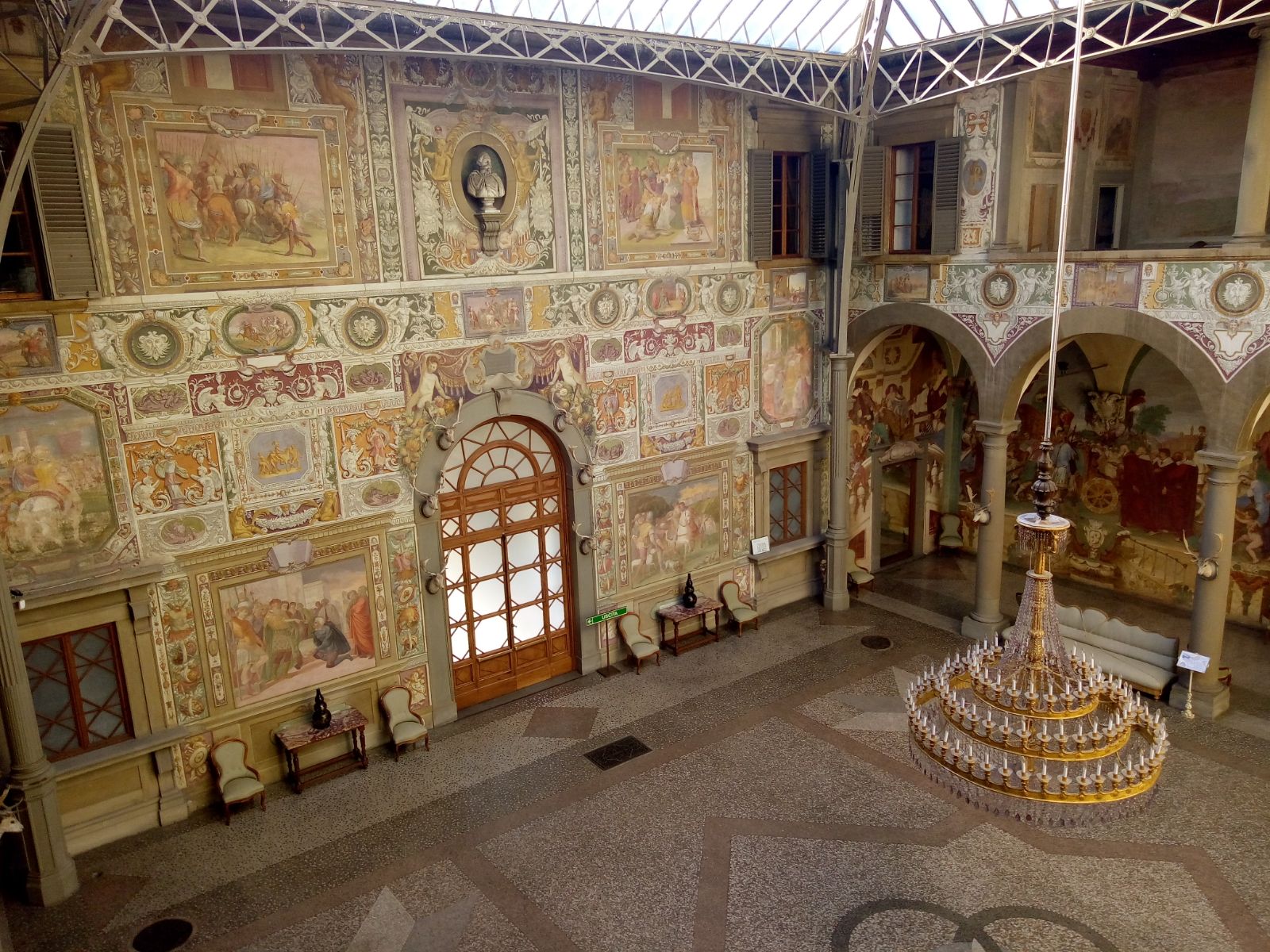
Slide title
Scrivi qui la tua didascaliaButton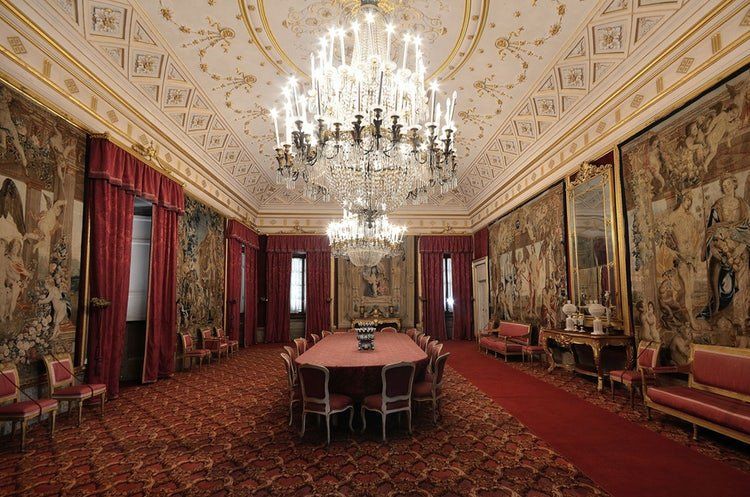
Slide title
Scrivi qui la tua didascaliaButton
Slide title
Scrivi qui la tua didascaliaButton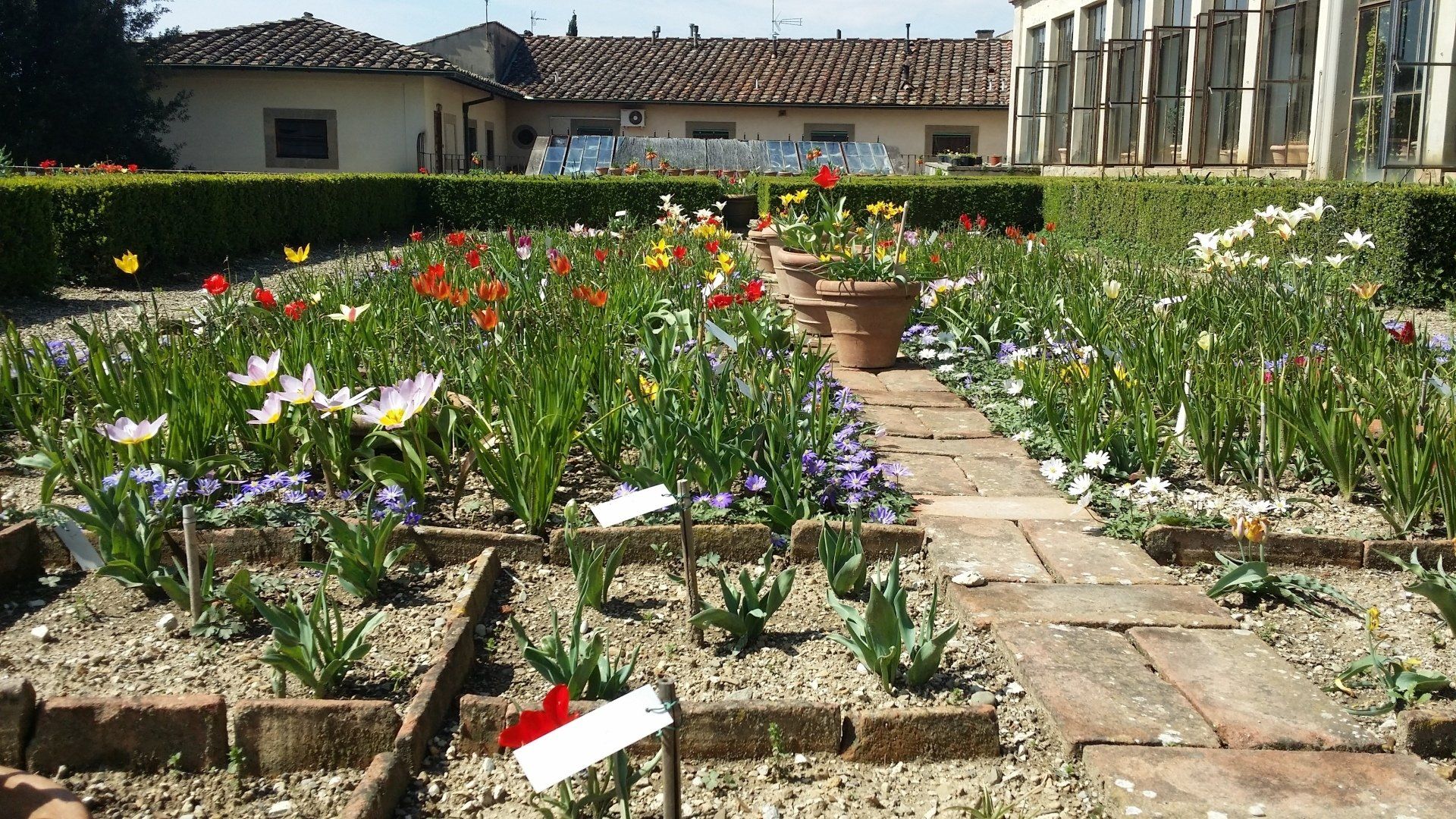
Slide title
Scrivi qui la tua didascaliaButton
-
Medici Villa La Petraia - Florence
The Villa della Petraia was purchased by Cosimo I in 1544. Contrary to what its name suggests, it is surrounded by a splendid Italian garden and is located in a position from which you can enjoy a view that embraces the entire Florentine plain. .
Inside the villa, a superb cycle of perfectly preserved frescoes allows you to retrace the most important stages of the Medici family. Even the later hosts, the Lorraine and above all the Savoy, have left their important testimonies such as the Savoyard Game Room and the rooms of King Vittorio Emanuele II and Bella Rosina. In 1878 the inner courtyard was covered with a metal and glass roof and transformed into a ballroom.
-
Opening times and entrance ticket
The villa La Petraia is located near Florence north, about 40 minutes by car from the Agriturismo I Pitti, and 30 minutes from Casa Rowe B&B. A car is required to reach the villa.
For the moment the Villa is closed to the public for restoration work.
Medici Villa LaPetraia
Via della Petraia, 40 Location Castello, 50141 Florence
Tel. +39 055 452691
TICKETS: Free admission
Villa Medicea della Petraia - Tips for visits and entrance times
4/6/2021
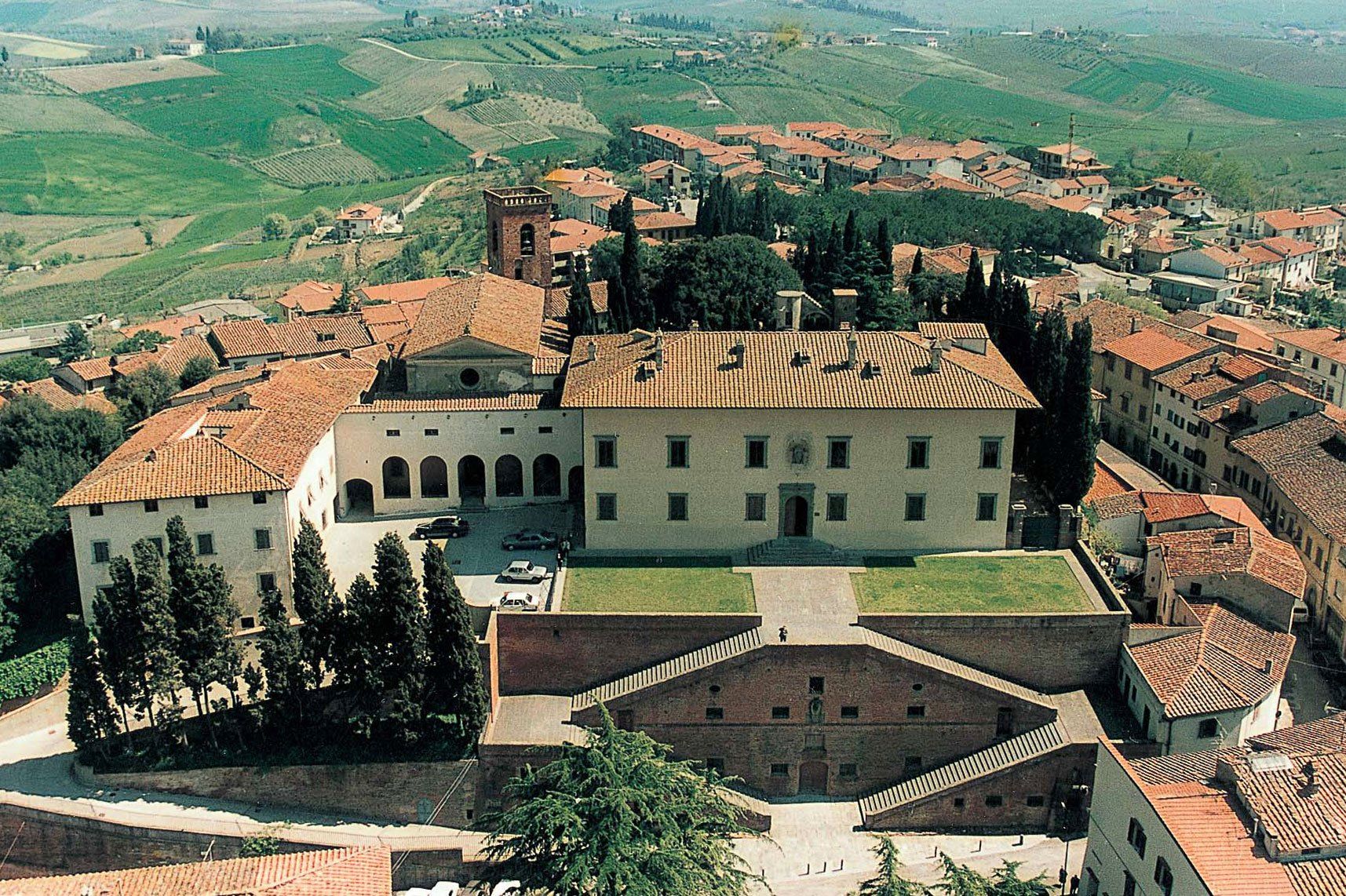
Slide title
Scrivi qui la tua didascaliaButton
Slide title
Scrivi qui la tua didascaliaButton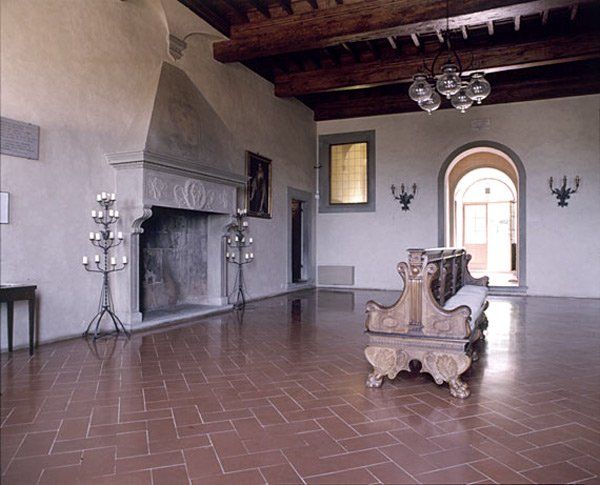
Slide title
Scrivi qui la tua didascaliaButton
Slide title
Scrivi qui la tua didascaliaButton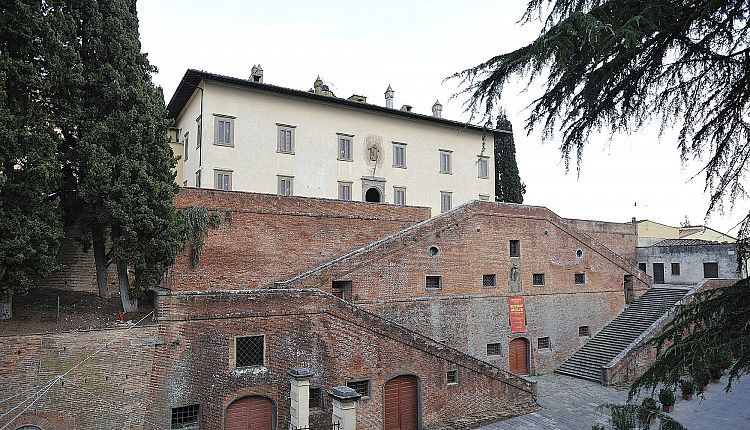
Slide title
Scrivi qui la tua didascaliaButton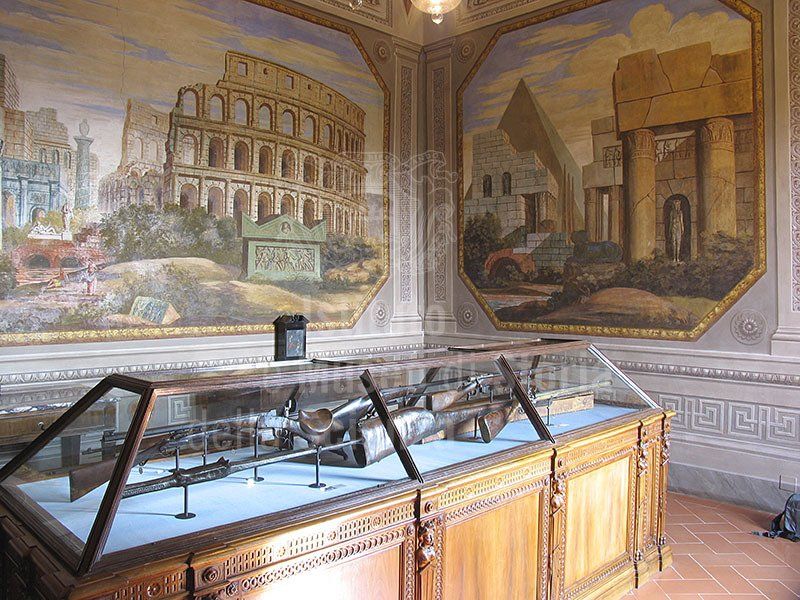
Slide title
Scrivi qui la tua didascaliaButton
Slide title
Scrivi qui la tua didascaliaButton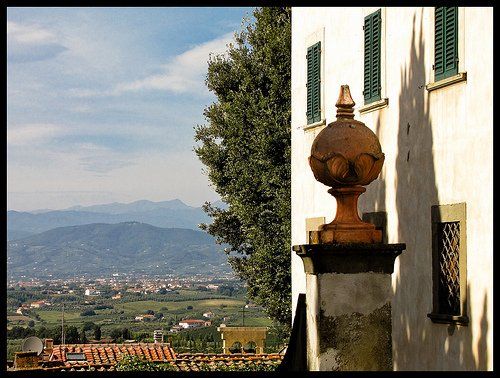
Slide title
Scrivi qui la tua didascaliaButton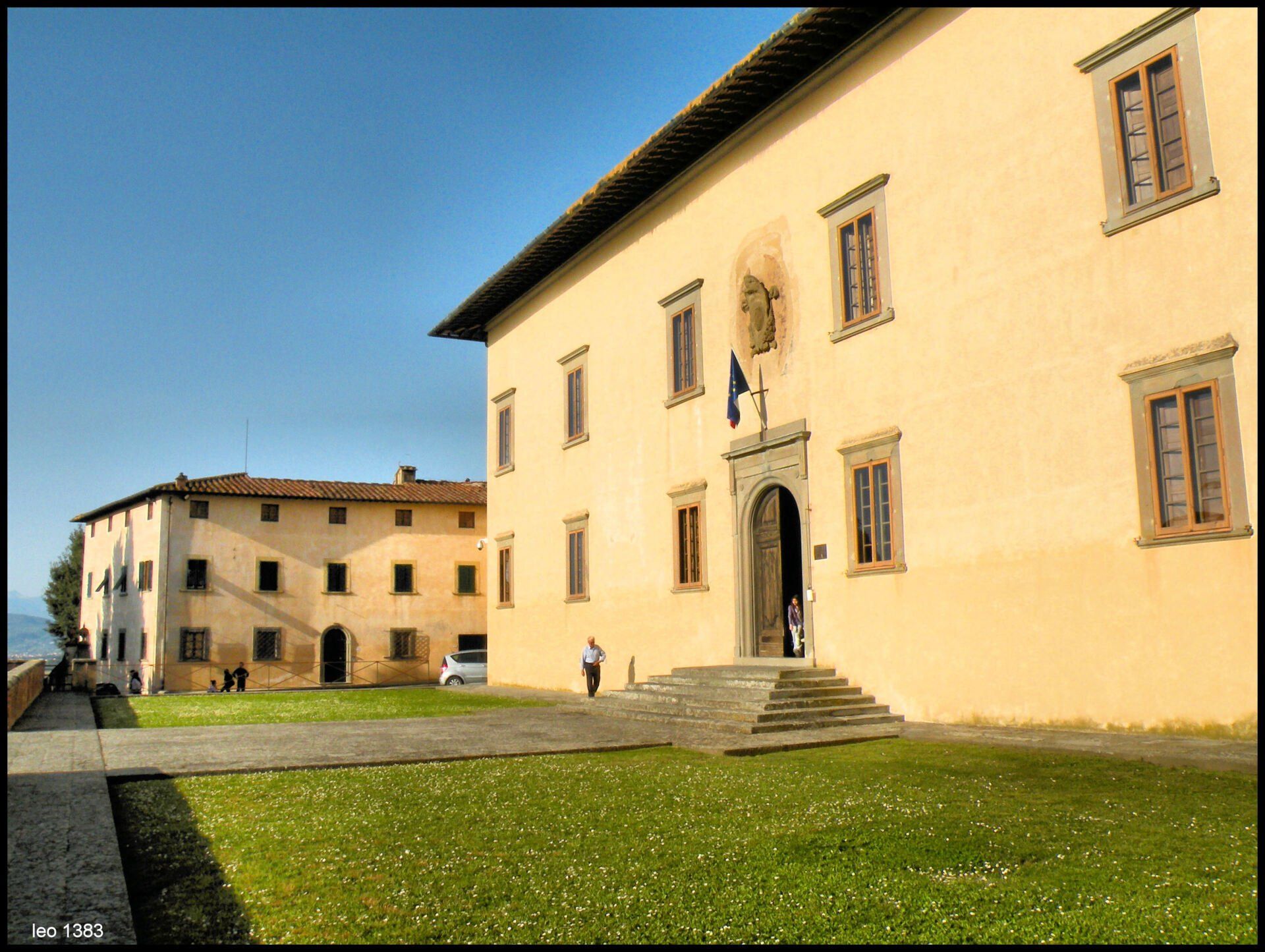
Slide title
Scrivi qui la tua didascaliaButton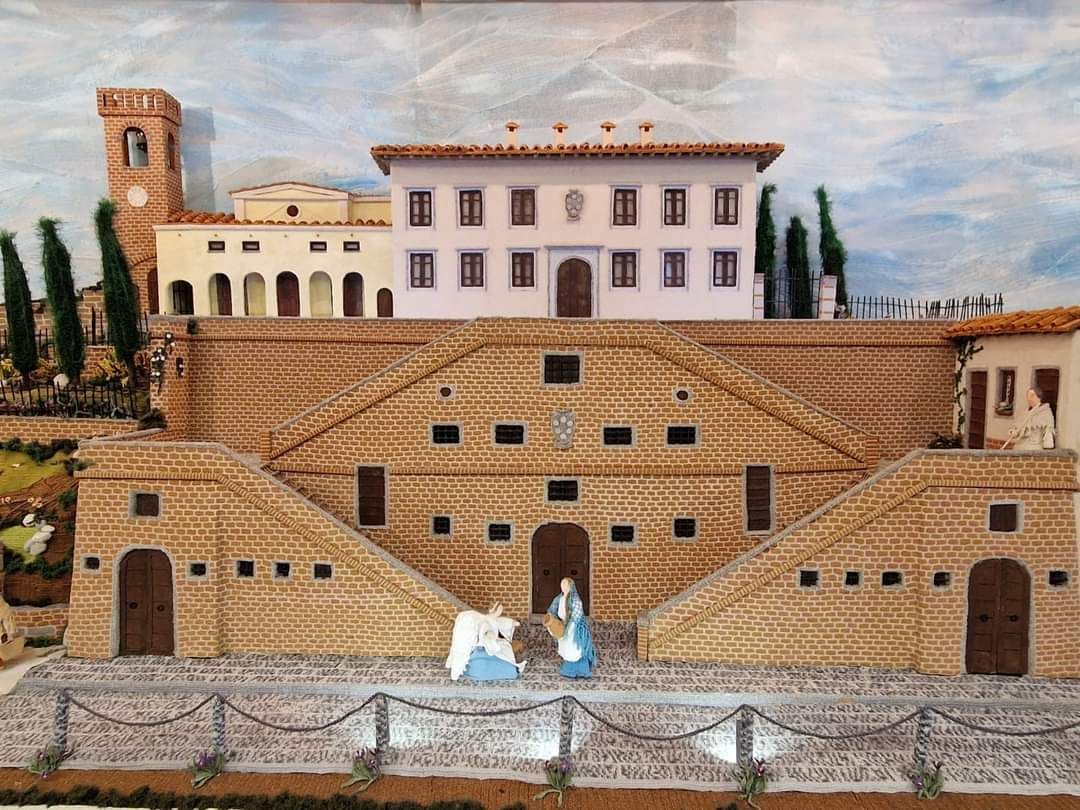
Titolo diapositiva
Scrivi qui la tua didascaliaPulsante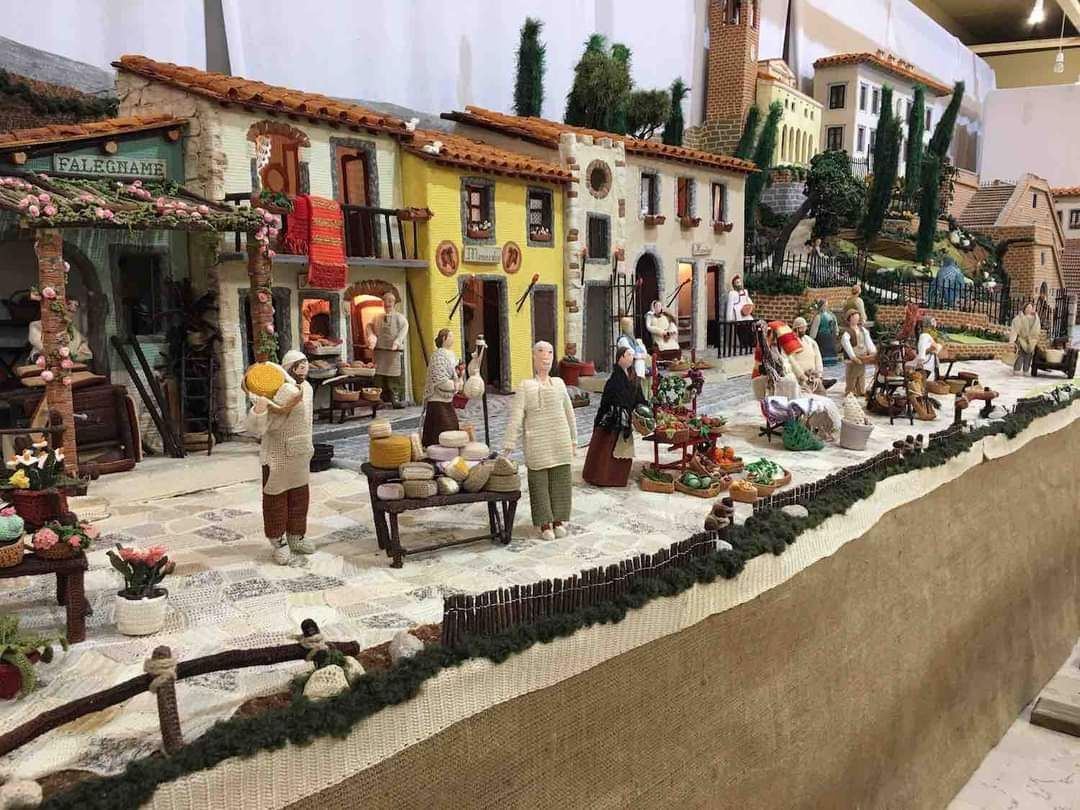
Titolo diapositiva
Scrivi qui la tua didascaliaPulsante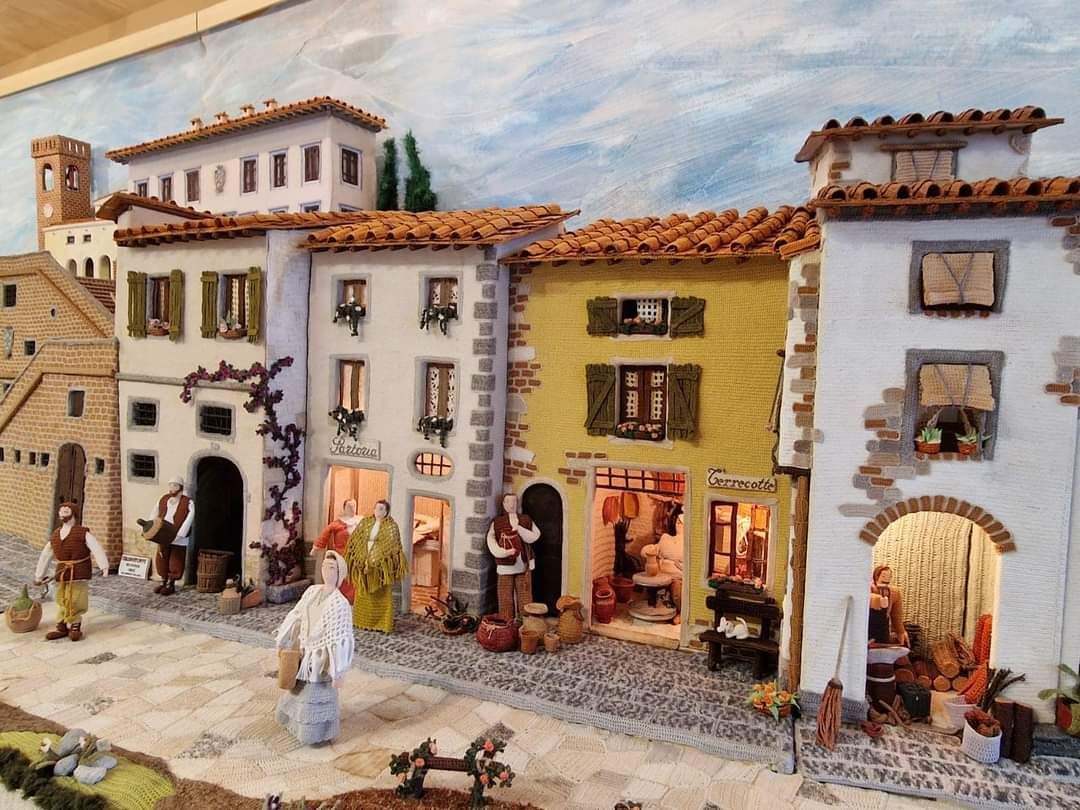
Titolo diapositiva
Scrivi qui la tua didascaliaPulsante
-
Medici Villa of Cerreto Guidi
The Medici Villa of Cerreto Guidi
At the centre of Cerreto Guidi, in a dominant position on a hill, stands this mighty Villa, built by wish of Duke Cosimo I de’ Medici as a hunting residence (in view of its proximity to the so-called “Barco Reale” game reserve), and a strategic point of control over the surrounding territory, above all of the Padule di Fucecchio.
The construction of the villa, built using materials from a ruined castle belonging to the Guidi Counts and the second circle of impressive, perfectly symmetrical, flights of stairs in brick and Gonfolina stone. Some openings, which once led to the stables below the large square, are aligned with the plasterwork of the villa’s façade, drawing the basement that serves to support the natural terrain, as a raising of the perspective plane, in keeping with a module adopted by Buontalenti in other buildings.
The villa partially owes its fame to the tragic story of Isabella de’ Medici, who died at Cerreto during the night walls, was carried out, according to the available documents, between 1564 and 1566, when the building was cited as “again walled”. In 1566, the works were being directed by the architect Davide Fortini according to the evidence, previously Tribolo’s associate, succeeded later by Alfondo Parigi the Elder.
Bernardo Buontalenti is credited with conceiving the stepped access ramps, known as “ponti medicei”, that constitute the villa’s prominent feature. There are four between 15 and 16 July 1576. Isabella, the favourite daughter of Cosimo I and Eleonora of Toledo, in 1558, married Duke Paolo Giordano Orsini; according to an account for a long time seen as anti- Medici and fed by Romantic literature, she was strangled by hired assassins on the orders of a jealous husband. Recent studies have shed more light on Isabella’s life, dispelling the legend of atrocities and lawlessness; the cause of her death was more likely a serious form of dropsy, a fatal renal occlusion.
The Villa belonged to Don Giovanni de’ Medici, Don Pietro, and Don Lorenzo, and became more of a residence around 1671 when it passed to Cardinal Leopoldo de’ Medici. In 1780, the Hapsburg- Lorraine left the villa and after various changes in ownership, it was bestowed on the Marquises Geddes da Filicaia, who entrusted the painter Ruggero Focardi with frescoing the decorations of the ground-floor hall. Purchased in 1966 by Galliano Boldrini, who turned it into a museum and then donated it to the Italian State in 1969, on the 18th of June 1978, it was finally opened to the public.
The furnishings of the villa were restored in a reference to descriptions of the historical inventories (1667, 1705, 1728) with the intention of reproducing the sophisticated, multi- faceted taste of the Medici collections. Alongside a substantial and significant core of portraits of the Medici – coming from the galleries of Florence – one which is a full-length portrait of Cosimo in his coronation robes as Grand Duke (1570) and another a portrait of Isabella de’ Medici – there are tapestries from the Medici works integrated with a refined selection of works from the Stefano Bardini legacy (acquired by the State in 1996) comprising paintings on wood and canvas, inlaid and painted chests, cabinets, sculptures in marble and terracotta, majolica, and artefacts featuring semi-precious stones. Since 2002, the villa has also housed the Historical Museum of Hunting and the Territory, comprising curious iconographic testimonies, a hunting lodge of the Lorraine period, and a weapons collection, mainly the kinds used for hunting and shooting. In the triple-fornix porticoes and in the suggestive spaces beneath the Medici bridges are exhibited Roman and Mediaeval marbles, reminiscent of an antiquarium.
-
Opening times and entrance ticket
The villa of Cerreto Guidi is located about 30 minutes by car from the Agriturismo I Pitti, and 40 minutes from Casa Rowe B&B. A car is required to reach the villa.
Medici Villa of Cerreto Guidi
Cerreto Guidi, via Ponti Medicei, 12
Opening times
at 9.00am, 10.00 am, 11.00 am and 12.00 am
at 3.00 pm and 4.00 pm guided tours
max 6 people
reservation required
Closed
second and fourth Monday of the month
Info and reservations: Tel. +39 0571 55671 info@prolococerretoguidi.it
TICKETS: Free admission
-
Curiosity: The largest crochet nativity scene in Italy
In Cerreto Guidi there is the largest crochet nativity scene in Italy: it exceeds 30 square meters.
It was started in 2014 by Gessica Mancini, who started working on the characters when she discovered she had Parkinson's. Over time it has become a choral work, with the participation of the volunteers of the Dame dell’Uncinetto (Crochet Ladies Association), born from the idea of Mrs. Mancini.
Not being able to rest well due to the medicines, to pass the time on the long sleepless nights, Gessica Mancini began to crochet the characters of the crib. She started almost as a joke, to participate in a crib competition in the village. The first character was one of the Magi. From that day on, the work has never stopped until every corner of Cerreto Guidi has been depicted, the houses with tiles and flower boxes, the Villa Medicea brick by brick, the Church of Santa Liberata, the inhabitants of the village portrayed in the guise of the historical procession of the palio .
The whole work, made up of wooden structures finely covered with crocheted panels, is equipped with a mechanical system for the movement of the characters and a hydraulic system for the small fountains.
The crochet crib is open if there are festivals in the village or by calling +39 377 189 79 75
4/6/2021
Medici Villa of Cerreto Guidi - Advice for visits and entrance times

Slide title
Scrivi qui la tua didascaliaButton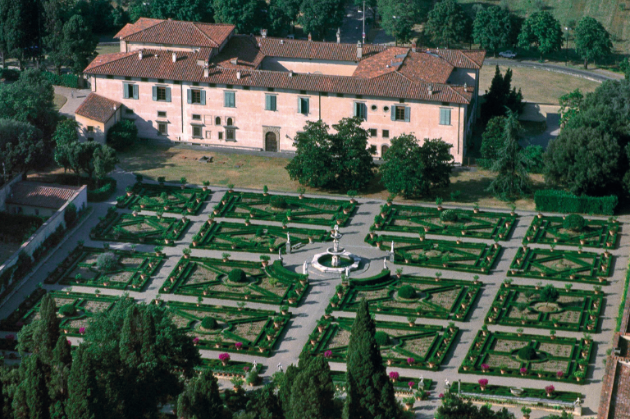
Slide title
Scrivi qui la tua didascaliaButton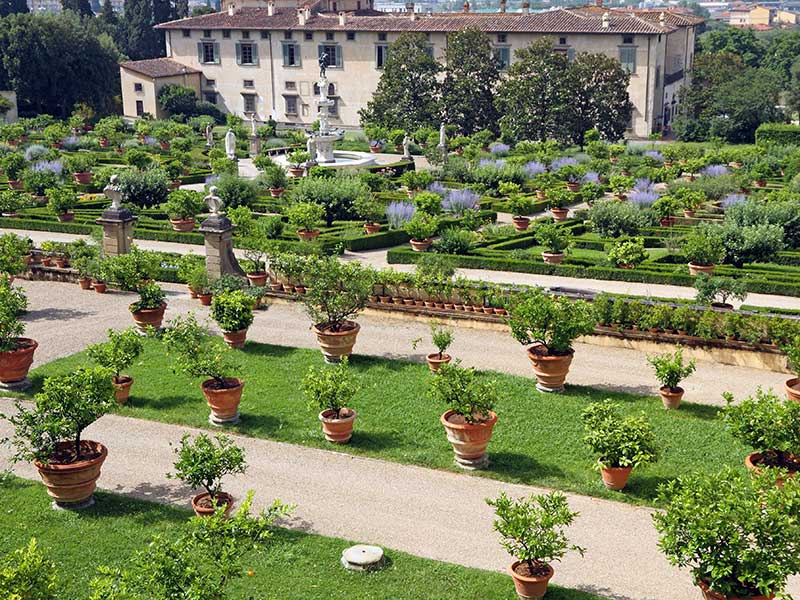
Slide title
Scrivi qui la tua didascaliaButton
Slide title
Scrivi qui la tua didascaliaButton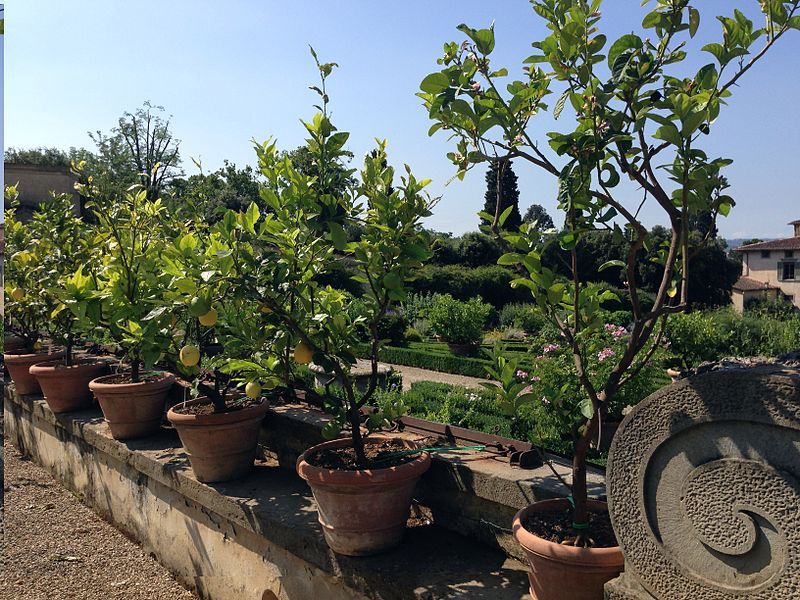
Slide title
Scrivi qui la tua didascaliaButton
Slide title
Scrivi qui la tua didascaliaButton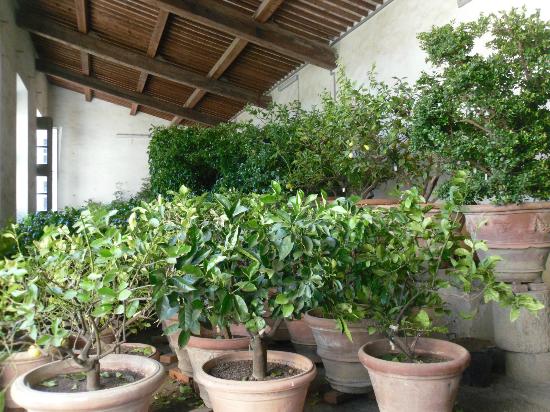
Slide title
Scrivi qui la tua didascaliaButton
Slide title
Scrivi qui la tua didascaliaButton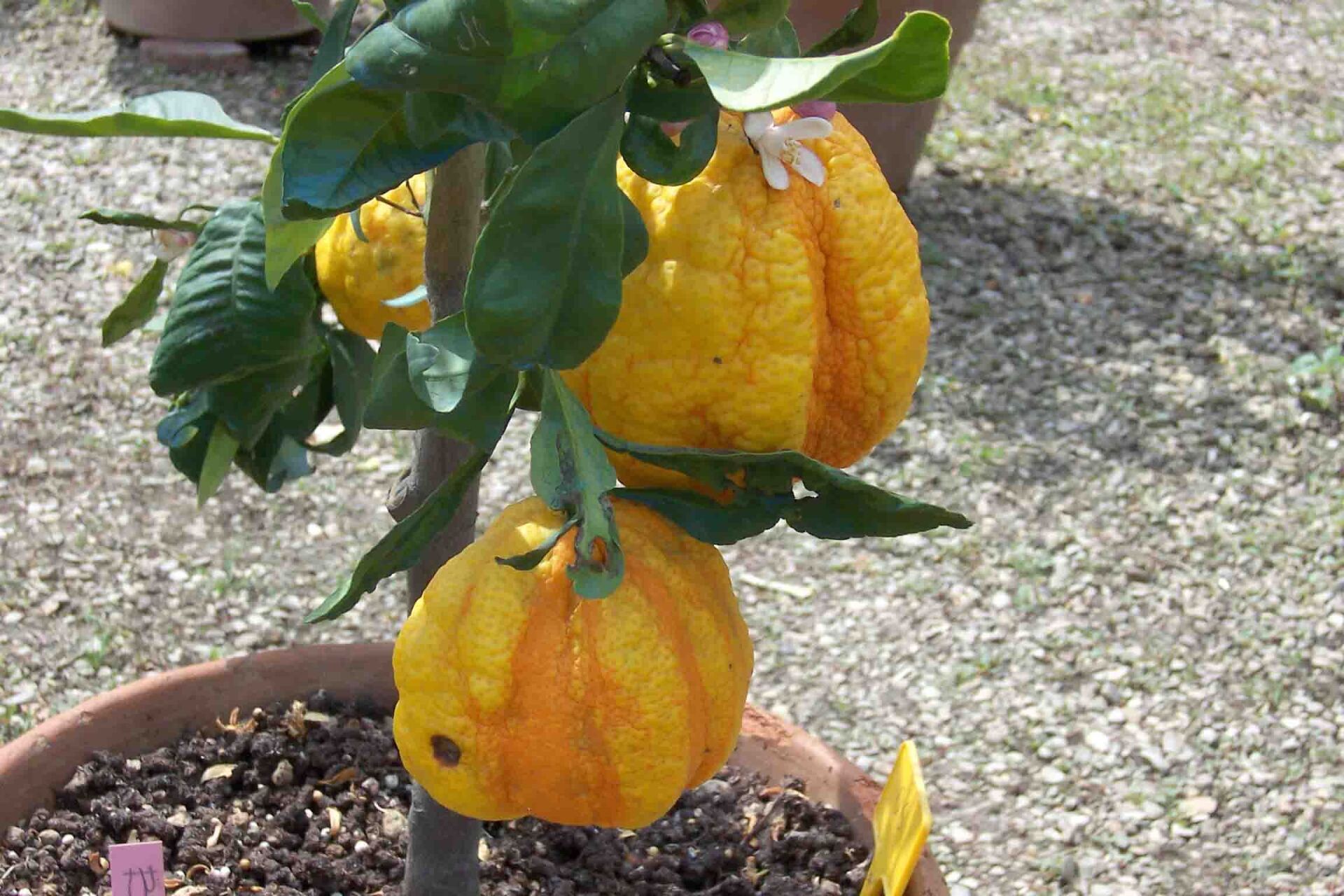
Slide title
Scrivi qui la tua didascaliaButton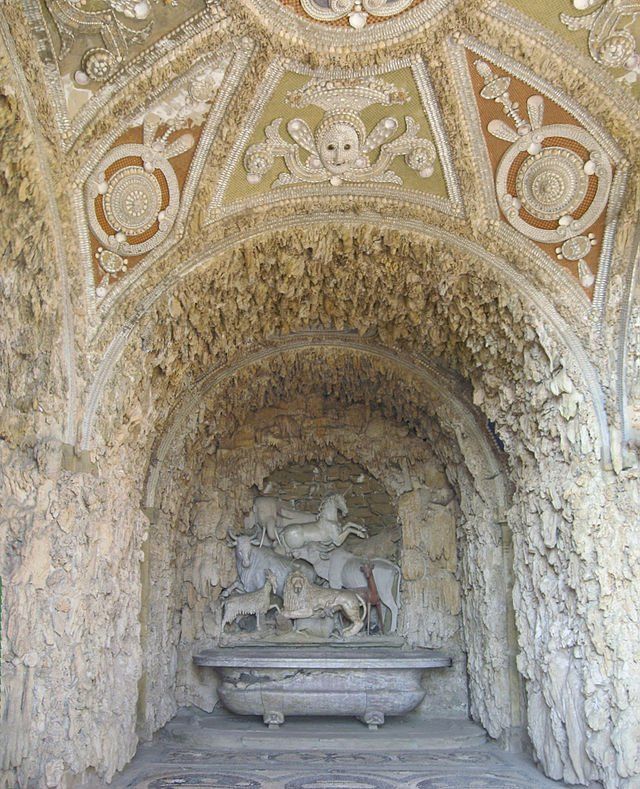
Slide title
Scrivi qui la tua didascaliaButton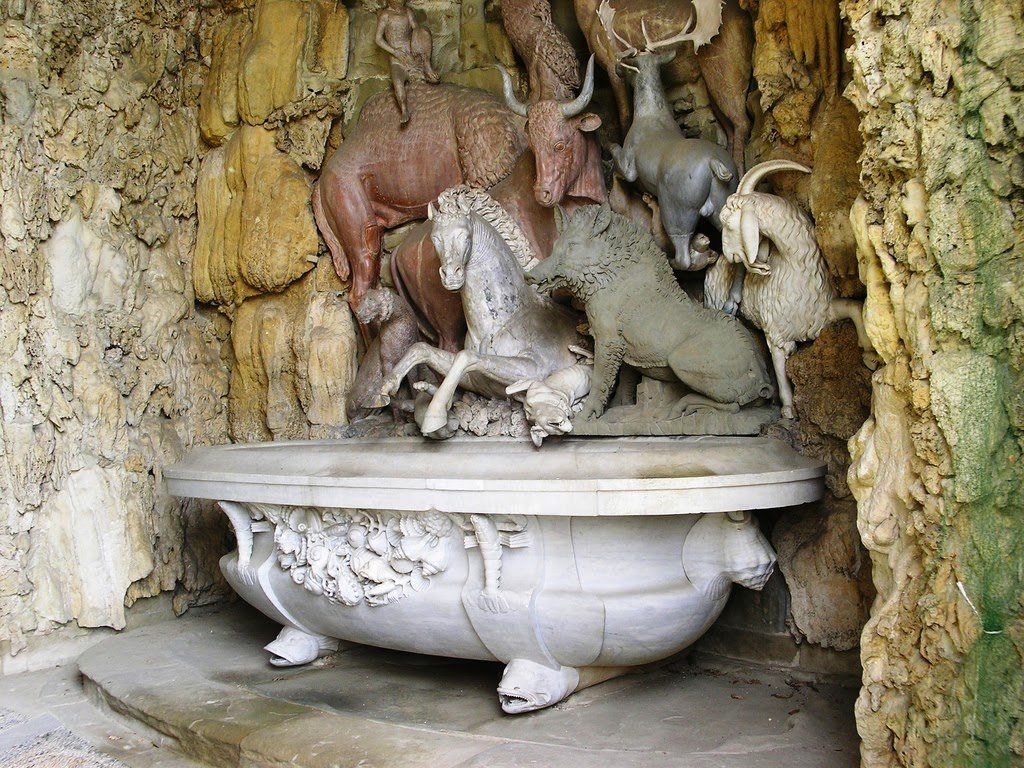
Slide title
Scrivi qui la tua didascaliaButton
-
Medici Villa di Castello - The Garden
Today the garden of Villa Medici di Castello is formed only by the section opened to the public that is part of the homonymous Medici villa, now seat of the Accademia della Crusca.
The large park can be rightly enough considered a prototype of a 16th century Italian-style garden. It was begun in 1537 by Cosimo I dei Medici and was part of the general plan that aimed at embellishing the Villa of Castello, inherited by his mother Maria Salviati. The general project was assigned to Niccolò Tribolo, while the execution of the large hydraulic system that conveyed water from the spring of Castellina to the numerous fountains scattered around the garden, was commissioned to Piero da San Casciano.
The decorative elements of the garden aimed at exalting the peacemakers role of the ruling Family and the importance of the enlightened grand ducal government. The vast majority of critics consider this plan a work of Benedetto Varchi. The most interesting element of this lavish and articulated decorative itinerary — described by Vasari and never completed — is represented, along the main axis of the Italian style garden behind the villa, by the fountain of Hercules and Antheus (by Tribolo and Pierino da Vinci, completed with the famous bronze statues of Bartolomeo Ammannati) and the famous Grotto of Animals or of the Flood, which was designed by Tribolo and originally animated with spectacular water plays aimed at simulating a perfectly natural grotto. The fountain is decorated with polychrome groups of animals, a symbol of the peace granted by Cosimo.
The "Wild area" with beeches, oaks and cypresses forms the upper section of the park. Here we find the large tanks-cistern decorated with the statue of the Apennines or January, a bronze sculpture by Ammannati.
It is also worth visiting the garden of medical herbs and the extraordinary collection of oranges and lemons that is one of the most important ones in the world.
-
Opening times and entrance ticket
The Villa di Castello is located near Florence north, about 40 minutes by car from the Agriturismo I Pitti, and 30 minutes from Casa Rowe B&B. A car is required to reach the villa.
For the moment the Garden of the Villa is closed to the public for restoration work
Villa Medicea di Castello - Tips for visiting the Garden and opening times
4/6/2021

Titolo diapositiva
Scrivi qui la tua didascaliaPulsante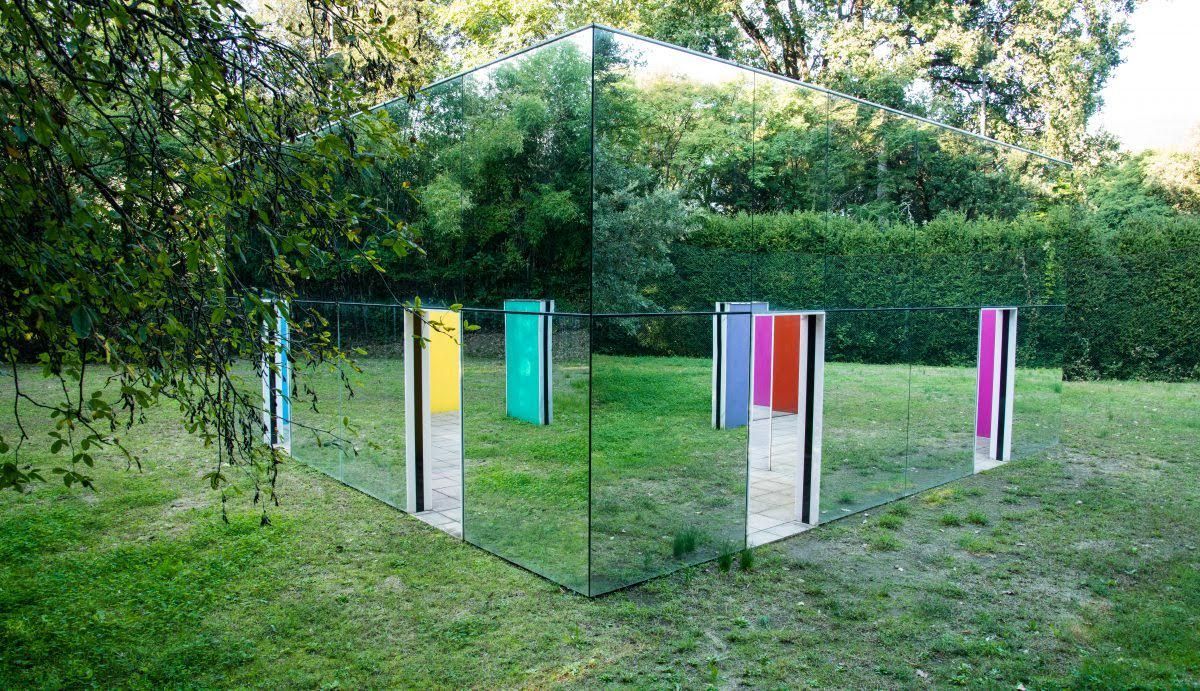
Titolo diapositiva
Scrivi qui la tua didascaliaPulsante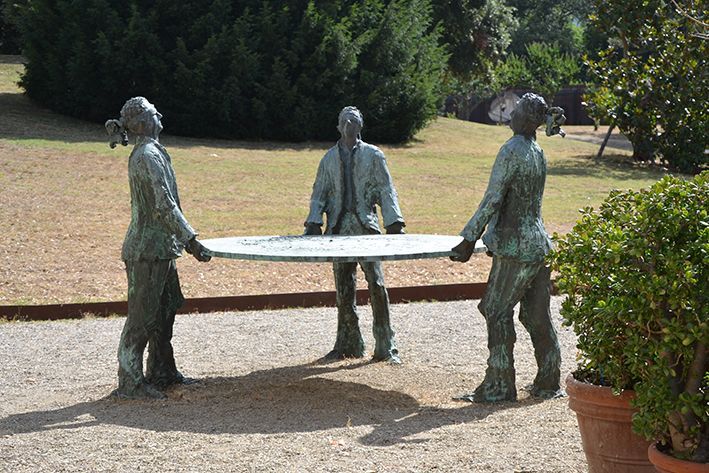
Titolo diapositiva
Scrivi qui la tua didascaliaPulsante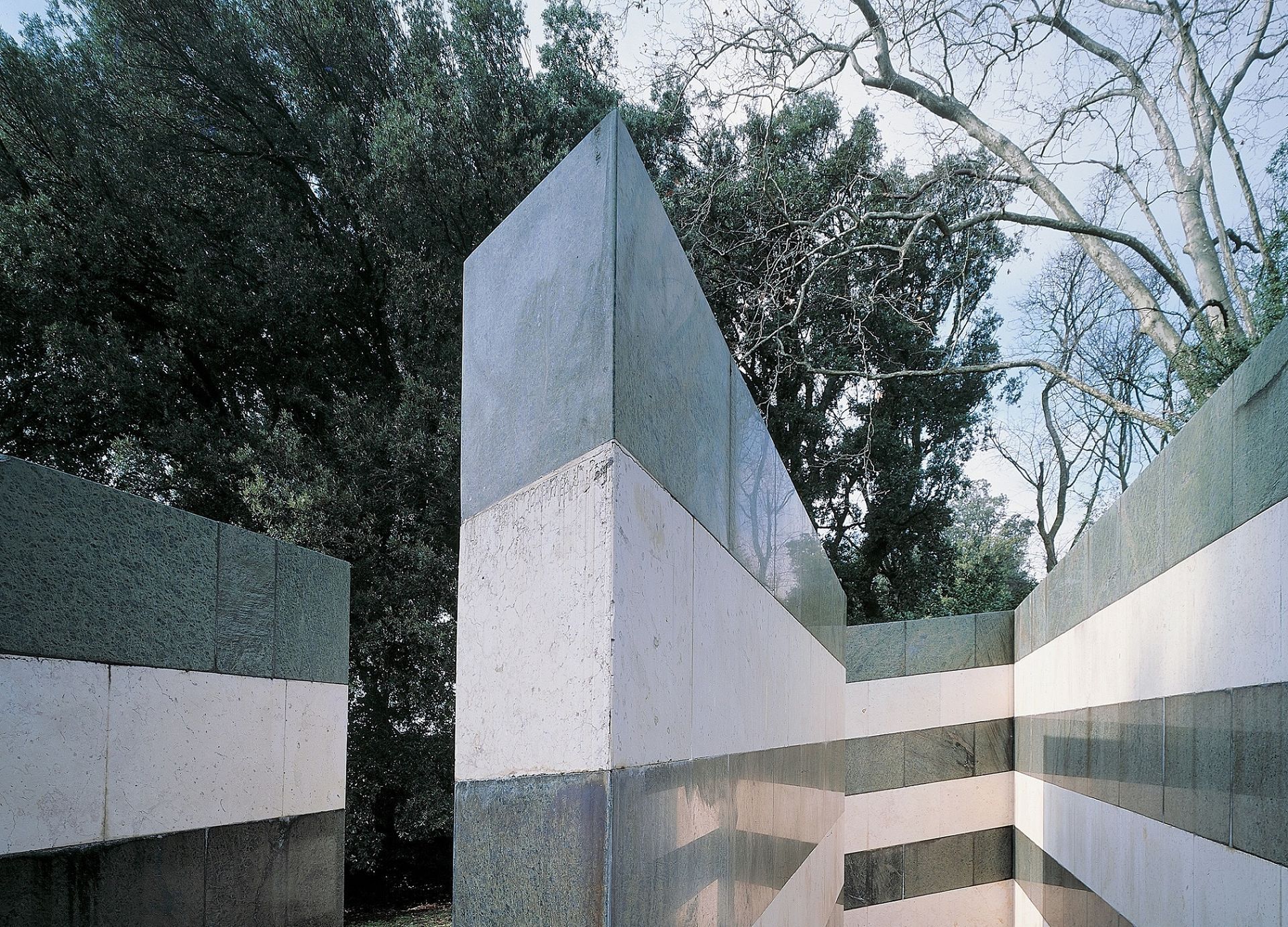
Titolo diapositiva
Scrivi qui la tua didascaliaPulsante
-
Santomato (Pistoia) - Celle Garden
Collezione Gori - Fattoria di Celle
via Montalese 7
51030 Santomato (Pistoia) - Italy
info@goricoll.it
Tenuta di Celle Tenuta di Celle is located on the hills along the Montalese road, which connects Pistoia to Prato, in the Santomato area. The villa was built in the late 17th century and is surrounded by an Italian garden with a fountain and a nymphaeum, a noble chapel, an aviary, a farm, an agricultural area, stables, and a large 19th-century park spanning over 20 hectares on the hill behind.
To astonish visitors, the garden features fountains, waterfalls, caves, secret nooks, lakes with water features, an Assyrian-Egyptian-inspired temple, a circular structure dedicated to Venus, and a neo-Gothic tea house.
The former owner, Giuliano Gori, who passed away in January 2024, was a passionate art lover and decided in 1981 to furnish the garden with artworks, which now form a collection of about eighty installations created by some of the world's most renowned artists. Just to name a few: Robert Morris, Jean-Michel Folon, Michelangelo Pistoletto, Dani Karavan, Alberto Burri, Sol LeWitt, Hidetoshi Nagasawa, Richard Long, Beverly Pepper, Daniel Buren, Dennis Oppenheim, Claudio Parmiggiani, Joseph Kosuth, Anne and Patrick Poirier, Fausto Melotti, Anselm Kiefer, Emilio Vedova.
Over time, the collection has grown, and new works by emerging artists are inaugurated almost every year, creating an ever-evolving display.
Admission to the estate and guided tours, conducted by a staff member provided by the Gori Collection, require an entrance ticket. It is recommended to arrive on time, and the visit involves a walk of approximately 3 hours.
Tours also in English.
Reservation is mandatory and can be made on the following website:
11/3/2025
Santomato (Pistoia) - Celle Garden

Slide title
Scrivi qui la tua didascaliaButton
-
Hesperidarium by Oscar Tintori - The citrus garden
An International Garden famous for over 200 different varieties of citrus fruits from all over the world. It is not an orchard but a real botanic garden where one can admire ancient cultivar from the Medicean epoch from the year 500 , rare and exotic varieties from the far orient and also new more modern varieties originating from the Australian Continent. With 2000 square meters in extent the main large greenhouse acts as a coverage for the park protecting it from the weather and permitting one to visit it in all seasons. The park takes the visitor by surprise with a new route full of curiosity and offers the general public unaccustomed to this field a particularly exhilarating experience. The collection of plants are set out in pathways and green tunnels with fountains and large statues inspired by the fable of Pinocchio. The park of the most famous string puppet in the world is only 2 km from the International Citrus Fruit Garden.
-
Opening times and entrance ticket
Hesperidarium The citrus garden
Via del Tiro a Segno, 55 - 51012 Castellare di Pescia (PT) Italy
Tel: +39.0572.429191
E-mail: info@oscartintori.it
Price per person:
Full € 5.00
Reduced € 4.00 from 5 to 12 years
4/6/2021
Hesperidarium by Oscar Tintori - The Citrus Garden - Visiting tips and opening hours and entrance tickets

Slide title
Scrivi qui la tua didascaliaButton
Slide title
Scrivi qui la tua didascaliaButton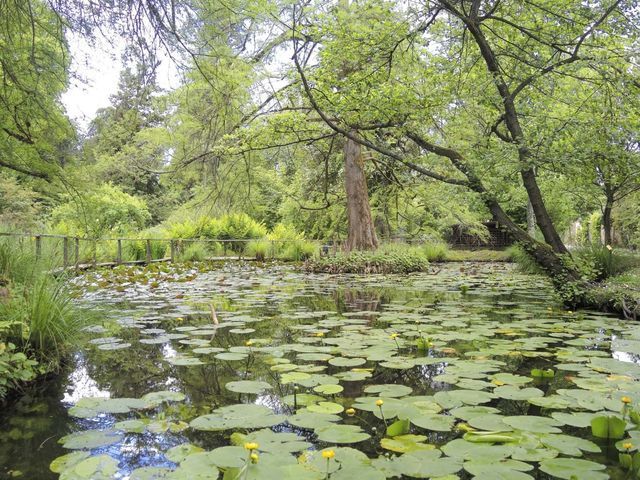
Slide title
Scrivi qui la tua didascaliaButton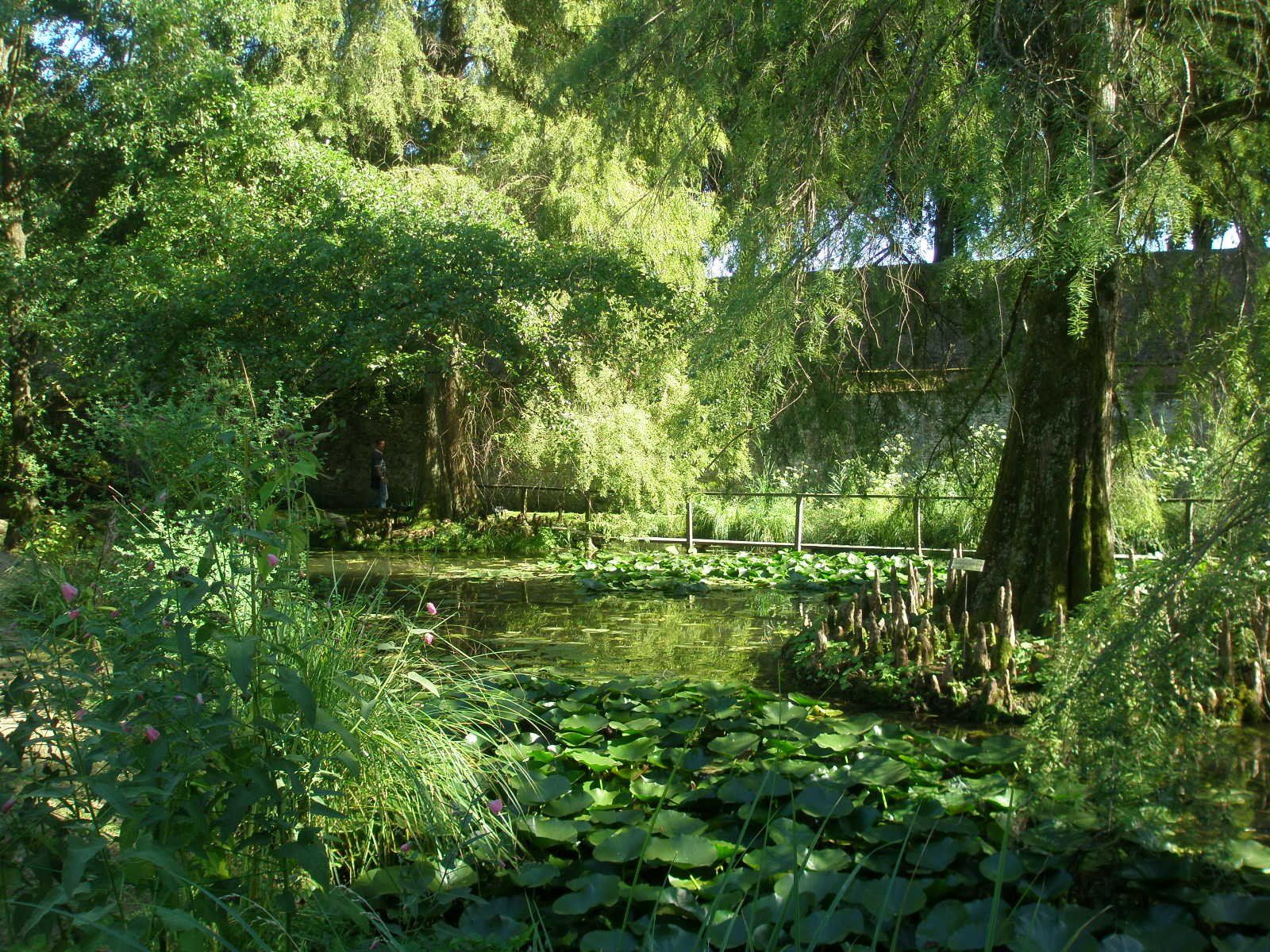
Slide title
Scrivi qui la tua didascaliaButton
-
Lucca - Botanical Garden
The Duchess Maria Luisa of the house of Bourbon decided in 1820 to create a botanical garden for scientific purposes and established and experimental laboratory in collaboration with the University College of Lucca.Throughout the years the garden has enriched its collection of rare and exotic plants which were planted also in the parks of the villas of the local nobility. A small lake adorns the garden, rich in local fauna, where a legend says that here the young, beautiful Lucida Mansi met her death, drowned in it by the devil for having broken her pact with him.
A rich variety of plants, typical of the mountain area around Lucca, includic medicinal and culinary plants can be admired here, whilst in the Botanical Museum precious, ancient herbaria and thousands of dried samples of vegetables are preserved. The Botanical Garden preserves a collection of approximately 200 species and comprises camelias, rhododendrons and azaleas.
The monumental green-houses are of particular interest, all restored; an interesting library preserves priceless botanical texts which confirm the scientific and educational conpetence which the Botanical Garden has clearly testified since its inauguration.
Among the elements that embellish the garden, the big medallions that describe important events about the Botanical Garden. Other elements are: the gate with pillars, decorated with leaves of bay in relief and with two lions, a sphinx and a pumpkin made of clay, that adorn the octagonal pond used for the cultivation of aquatic plants. As a background of the central avenue, close to the small lake, there is a beautiful group of cypresses of Virginia.
Botanical Garden of Lucca
Via del Giardino Botanico 14
Lucca
A cumulative access ticket to the Botanical Garden, Clock Tower, and Torre Guinigi is also available at the price of 9 €
☞https://cultura.comune.lucca.it/#musei
More info:
Lucca Botanical Garden short history opening hours and tickets
12/6/2022

Slide title
Scrivi qui la tua didascaliaButton
Slide title
Scrivi qui la tua didascaliaButton
Slide title
Scrivi qui la tua didascaliaButton
-
Botanical Garden of Florence
The Botanical Gardens of Florence were founded on December 1st 1545, when Grand Duke Cosimo I dei Medici purchased the land from the Dominican sisters. The Orchard that was known with the name of Giardino dei Semplici, because of the fact that it was used to cultivate and raise medicinal plants, is the third oldest botanical garden after those of Padua and Pisa. The original layout was designed by Niccolò called "il Tribolo" who had already planned several other grand ducal gardens, like the one of the Medici Villa in Castello. Initially the gardens were directed by the botanist Luca Ghini, who had already followed two years earlier, the Botanical Gardens of Pisa by order of the Grand Duke.
The garden was improved and embellished with the 18th century collections thanks to the commitment of Cosimo III dei Medici who assigned its direction to the Florentine Botanical Society, under the direction of the famous botanist Pier Antonio Micheli.
Its direction was transferred in 1783 to the Accademia dei Georgofili and was referred to as Agricultural experimental garden, then renamed into Giardino dei Semplici in 1847 and finally into Botanical Garden of the Upper Education Institute in 1880.
The Gardens currently take up an area of 2.39 hectares divided into smaller and larger avenues. The structure also has its own greenhouses and hot houses for the cultivation of special plants.
The vegetable patrimony is formed by over 5,000 examples with several very old trees, some of which, such as the Taxus baccata, planted by Micheli himself around 1720, a very large cork oak planted in 1805 and never stripped, several examples of Coniferae like the Araucaria, Torreya, Sequoia and a beautiful example of Metasequoia glypsistroboides, a species originally known as fossil and rediscovered in China only in 1941.
The most important collections are those comprising Cicaclidae, Tillandsia, Orchids and Ferns. Extremely interesting, because of its dimensions and number, is the collection of azaleas that always draws the attention of a large number of visitors during the flowering period. Even the sections dedicated to medicinal plants, cactuses and carnivorous plants are also very interesting from the didactic point of view.
-
Opening times and entrance ticket
Botanical Garden of Florence
Via Pier Antonio Micheli, 3
50121 Firenze
Opening Times
The Botanical Garden is open on the following days and times:
from Tuesday to Sunday, from 10am to 6pm
Last admissions are allowed one hour before closing.
Tickets and access
Extraordinary and halved rates are in effect. Those who wish can support the Museum System by purchasing tickets at the ordinary rate.
full 3 €
reduced 1,5 €
family € 6.5 (1-2 adults with a maximum of 4 children)
Reduced
- aged 6 to 14 years
- over 65 years
- Italian schools up to 2nd grade secondary school with a letter headed by the school
Visitors with free admission:
- aged less than 6 years
- students enrolled at the Universities of Tuscany (Florence, Pisa, Normale, Sant'Anna, Siena and Siena University for Foreigners)
- people with disabilities and their carers
Interactive tour with Artplace Museum
With the free mobile application Artplace Museum you can dynamically discover the wonders of the Botanical Garden, during your visit and beyond. How to do? Download the app, select Florence and search for the Botanical Garden.
When you come to the Garden you can follow an interactive tour by starting the application: every time you approach a plant, tree, flower or another point of interest, you will receive a notification and you will be able to see and read, through the app, videos, photos and texts.
All the contents, collected in almost 50 cards, are edited by the University Museum System and can also be consulted from home. Video demo (YouTube).
The application, the cards and the tour are free. It is required to register a profile with login via Google or Facebook account, or by entering some data.
Download Artplace Museum: Google Play | App Store
Botanical Garden of Florence
4/6/2021

Titolo diapositiva
Scrivi qui la tua didascaliaPulsante
Titolo diapositiva
Scrivi qui la tua didascaliaPulsante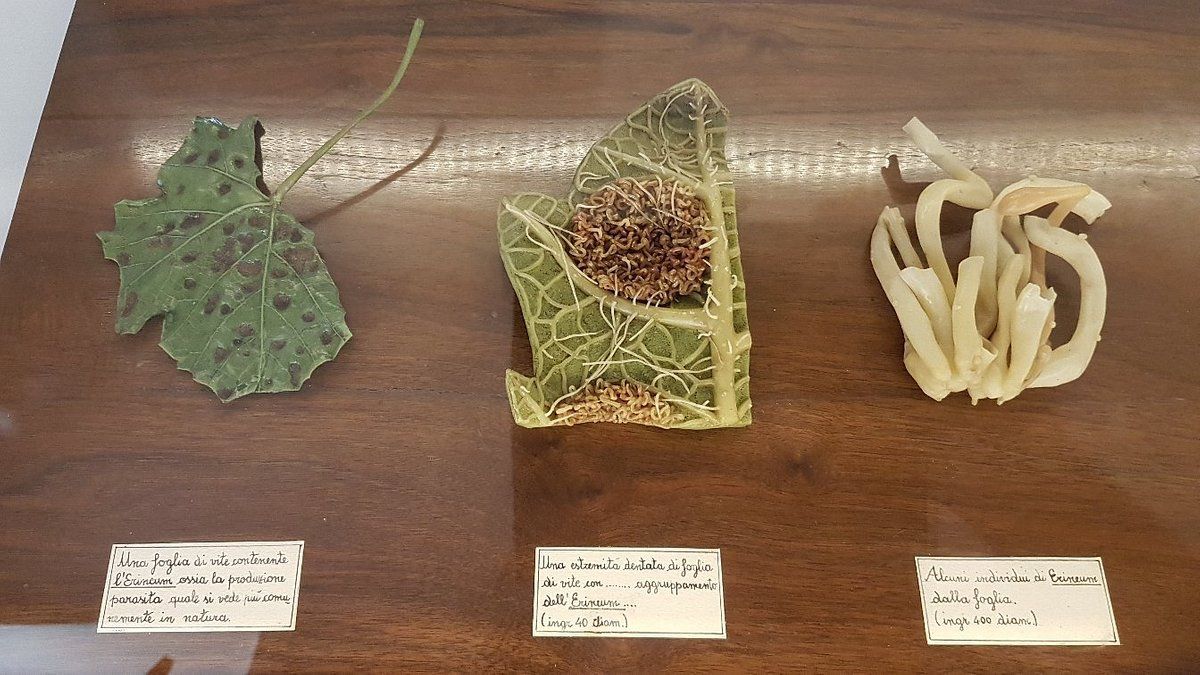
Titolo diapositiva
Scrivi qui la tua didascaliaPulsante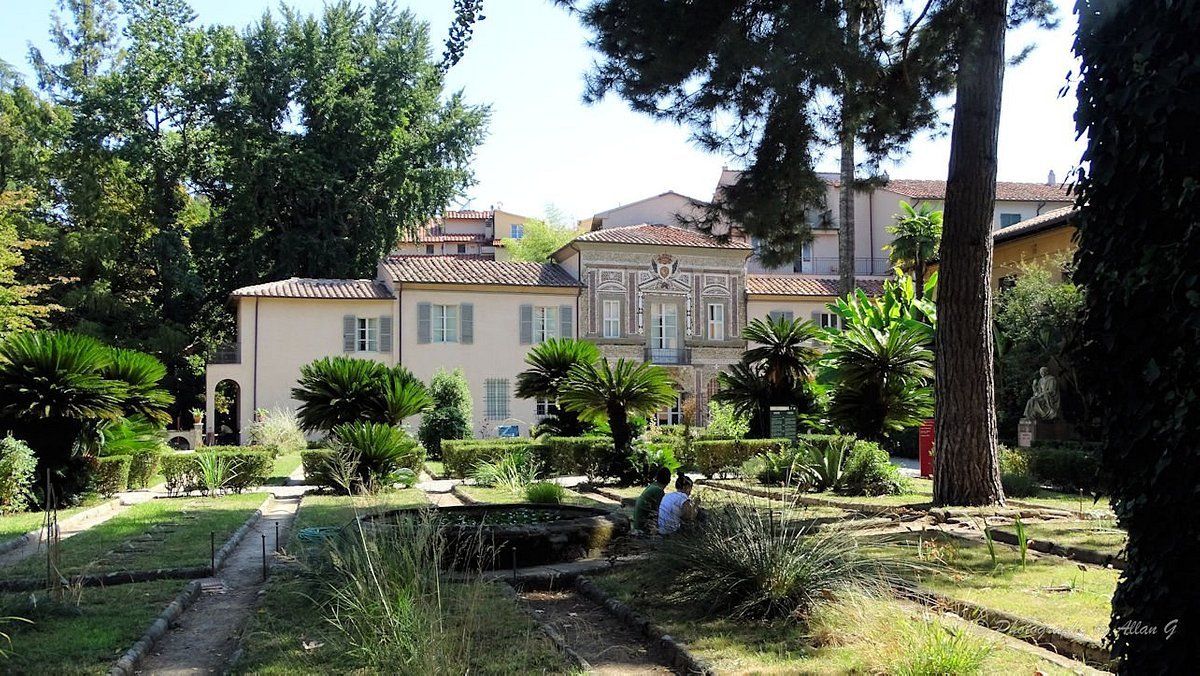
Titolo diapositiva
Scrivi qui la tua didascaliaPulsante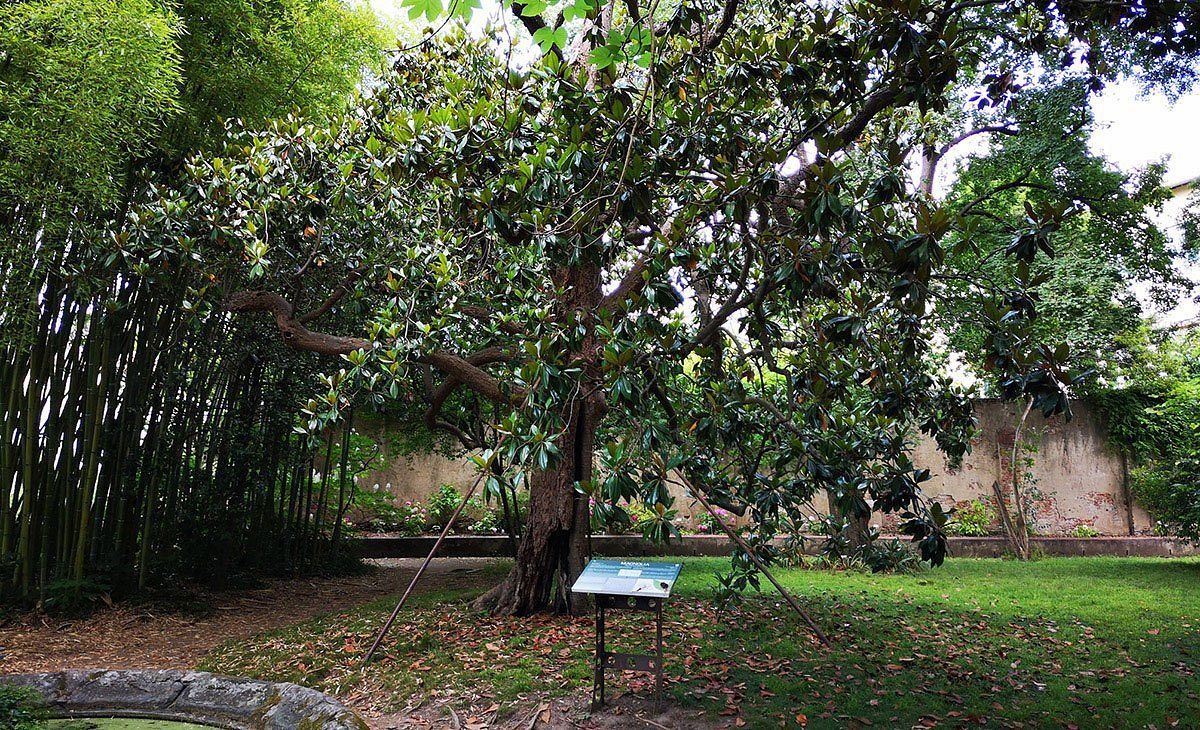
Titolo diapositiva
Scrivi qui la tua didascaliaPulsante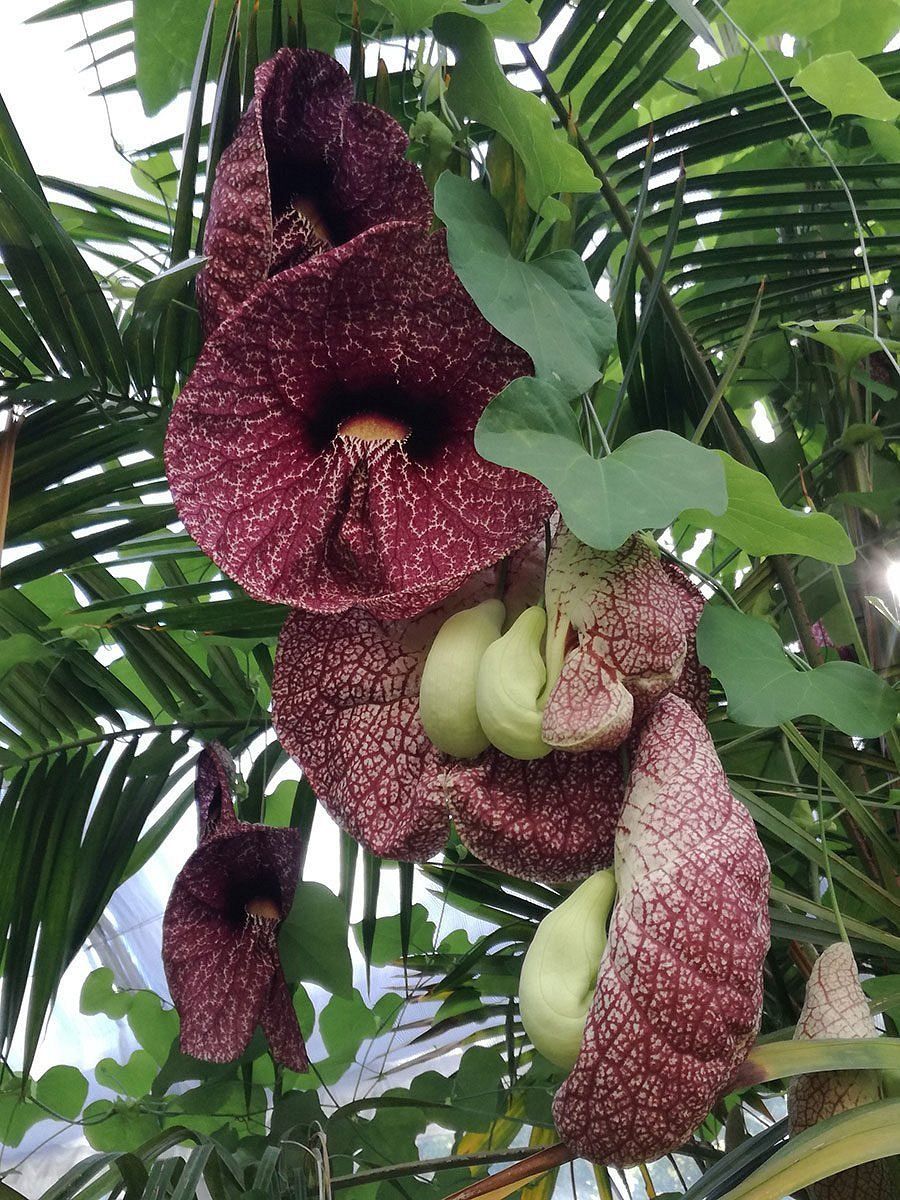
Titolo diapositiva
Scrivi qui la tua didascaliaPulsante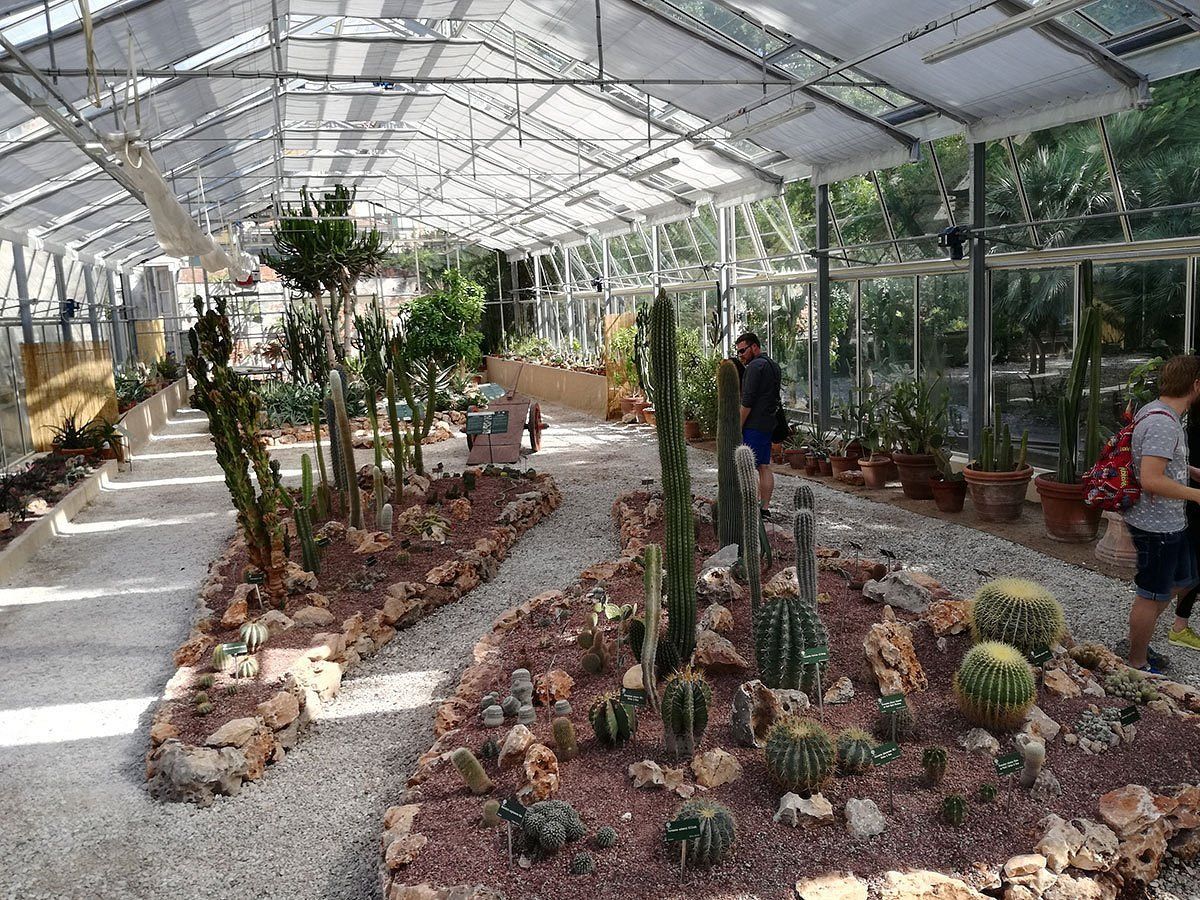
Titolo diapositiva
Scrivi qui la tua didascaliaPulsante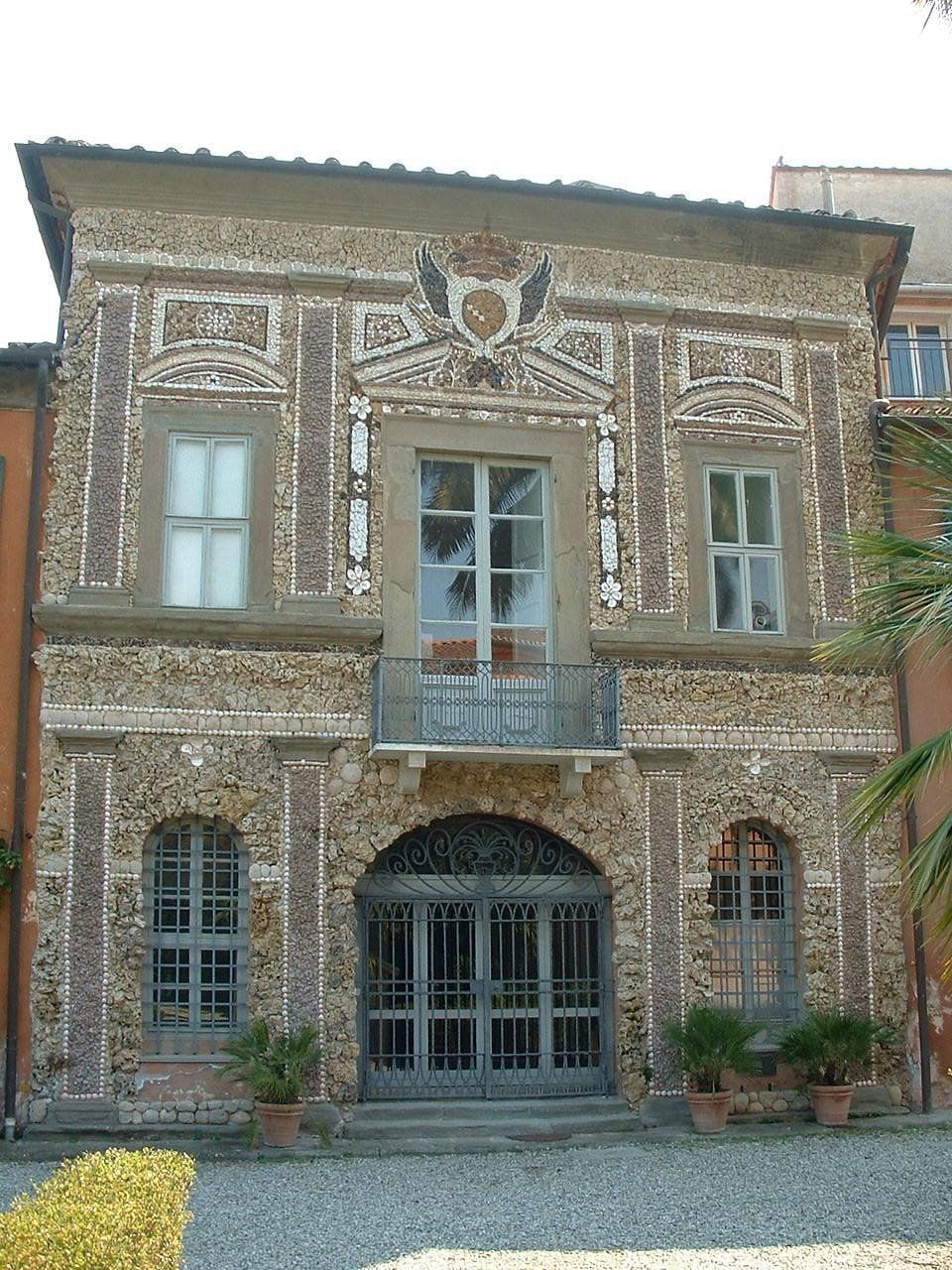
Titolo diapositiva
Scrivi qui la tua didascaliaPulsante
-
Pisa - Botanic Garden
Founded in 1543 by naturalist, doctor and botanist Luca Ghini (1490-1556), the Botanic Garden is the first university botanic garden in the world.
Originally built on the banks of the river Arno, it was moved to the current site in 1591 and then gradually expanded up to about two hectares where approximately 3,000 plants are cultivated.
It houses plants from several continents: the succulents of the African and American deserts, the aromatic plants of the Mediterrane2dan maquis, the species of the Tuscan wetlands, and numerous centuries-old trees. In the Botanic Garden are also cultivated several endangered plants of conservation interests.
The Botanic Garden of Pisa is organized in seven sectors according to historical criteria: Scuola Botanica (Botanical School), Orto del Cedro (Cedar Garden), Orto del Mirto (Myrtle Garden), Serre (Greenhouses), Piazzale Arcangeli, Orto Nuovo (New Garden), Orto Del Gratta (Del Gratta Garden). Each sector houses one or more collections organized on a scientific basis.
-
Botanic Museum
Since 1591, portraits of illustrious botanists and collections of naturalistic finds began to accumulate in the Gallery, which at the time allowed the entrance to the Botanic Garden from Via Santa Maria. This was the first nucleus of what in the future would become the current Botanic Museum and, with regard to geological and zoological finds, what would be the Natural History Museum of the University of Pisa in Calci. Today, the Botanic Museum is located in the premises of the ancient foundry, also known as the “Palazzo delle Conchiglie” (literally “Seashell’s Palace”) for the facade entirely decorated in grotesque style around 1752. The Museum preserves the “Quadreria” (a collection of portraits of ancient botanist), the monumental entrance door to the gallery, the ancient “Studiolo” used to study and preserve the seeds of the Botanic Garden, as well as objects related to the teaching of botany, including valuable wax and plaster models and teaching tables. The Herbaria are instead preserved in the building in the centre of the Botanic Garden, accessible by scholars only by reservation, but virtually accessible by a multimedia station installed at Museum.
-
Entrance tickets and Opening Times
Orto Botanico di Pisa
Via Luca Ghini 13 / Via Roma 56
56126 PISA
Opening Time
From Monday 16 August to Sunday 5 September 2021
Every day: 8:30 am - 8:00 pm (last admission 7:00 pm)
From Monday 6 September to Sunday 10 October 2021
Every day: 8:30 am - 7:00 pm (last admission 6:00 pm)
Winter opening times from Monday 11 October 2021 to 31 March 2022
Every day: 8:30 - 17:00 (last admission 16:00)
Closing days
January 1st (New Year's Eve);
January 6 (Epiphany);
December 25 (Christmas);
December 26 (Santo Stefano).
On December 24th and 31st the closing is at 1:00 pm.
Rates
Every first Sunday of the month, admission to the University of Pisa's Botanical Garden and Museum is free.
Tickets
Full rate: 4 euros
Reduced rate: 2 euros (between 6 and 12 years old)
Family tickets
8 euros (parents with children)
17/8/2021
Botanic Garden of Pisa - Short description, entrance times and tickets

Titolo diapositiva
Scrivi qui la tua didascaliaPulsante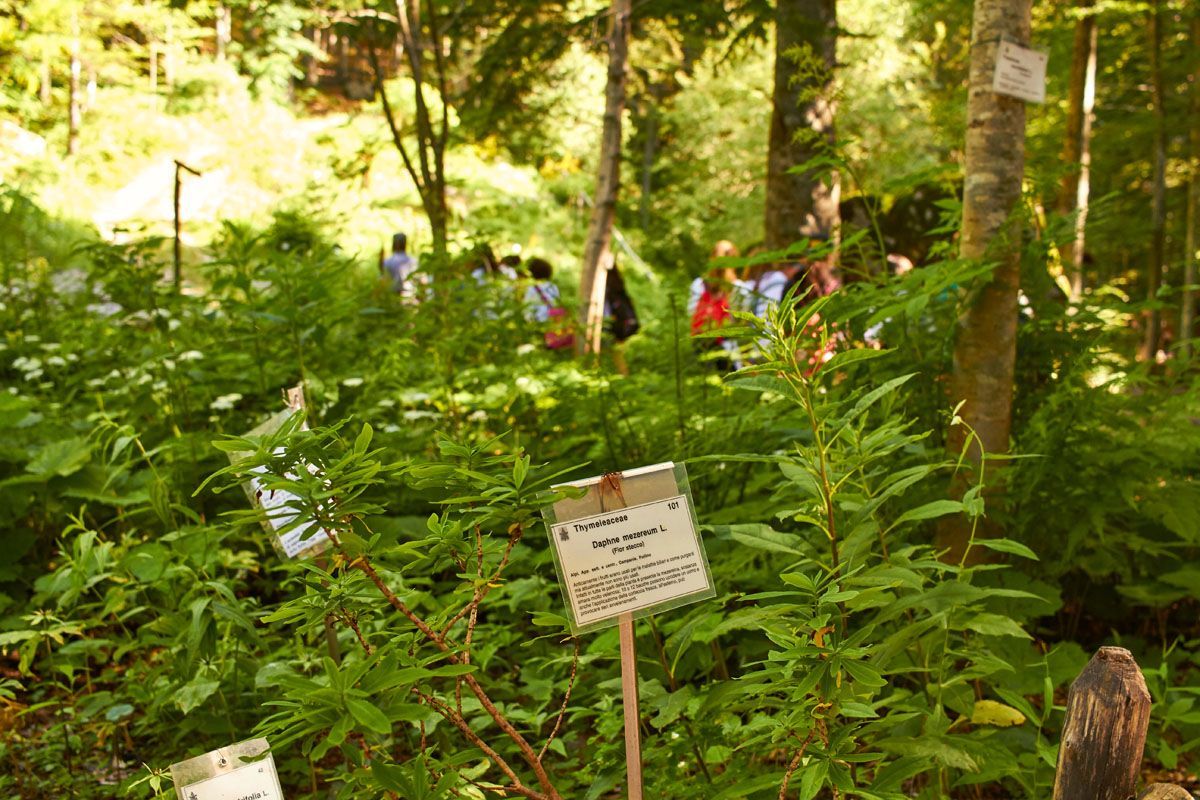
Titolo diapositiva
Scrivi qui la tua didascaliaPulsante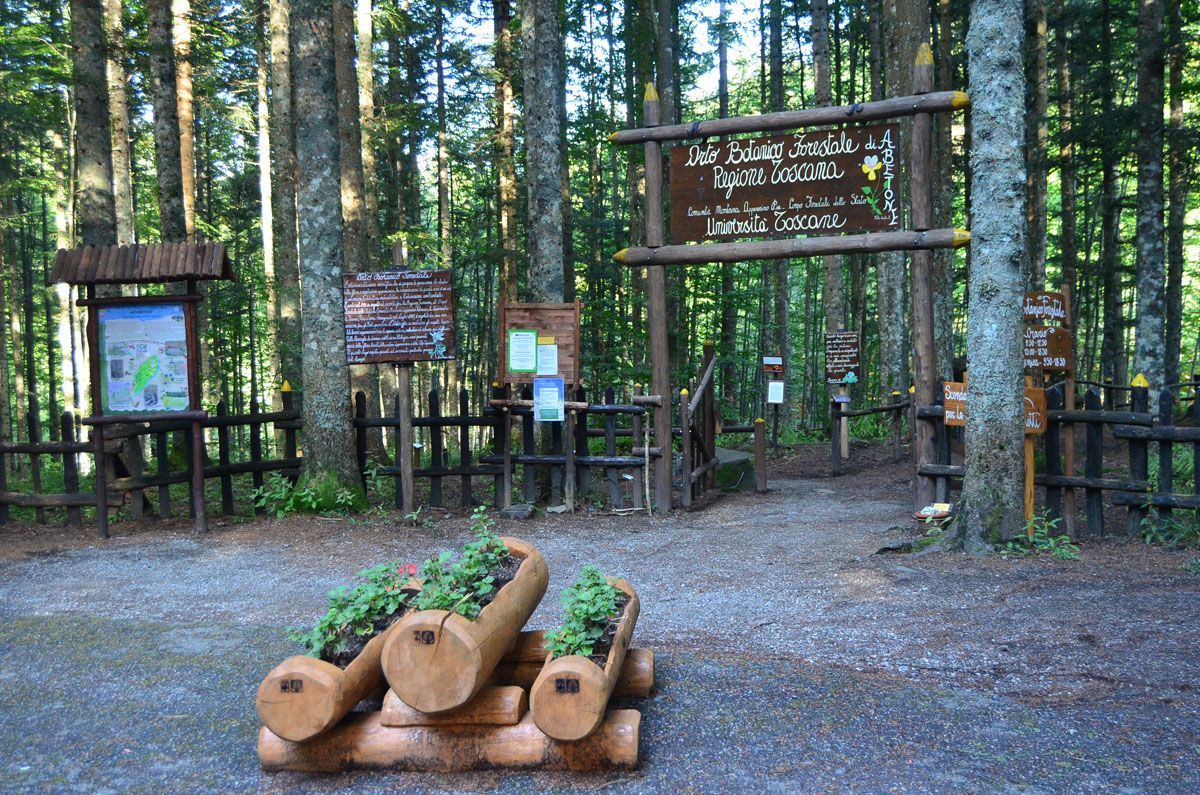
Titolo diapositiva
Scrivi qui la tua didascaliaPulsante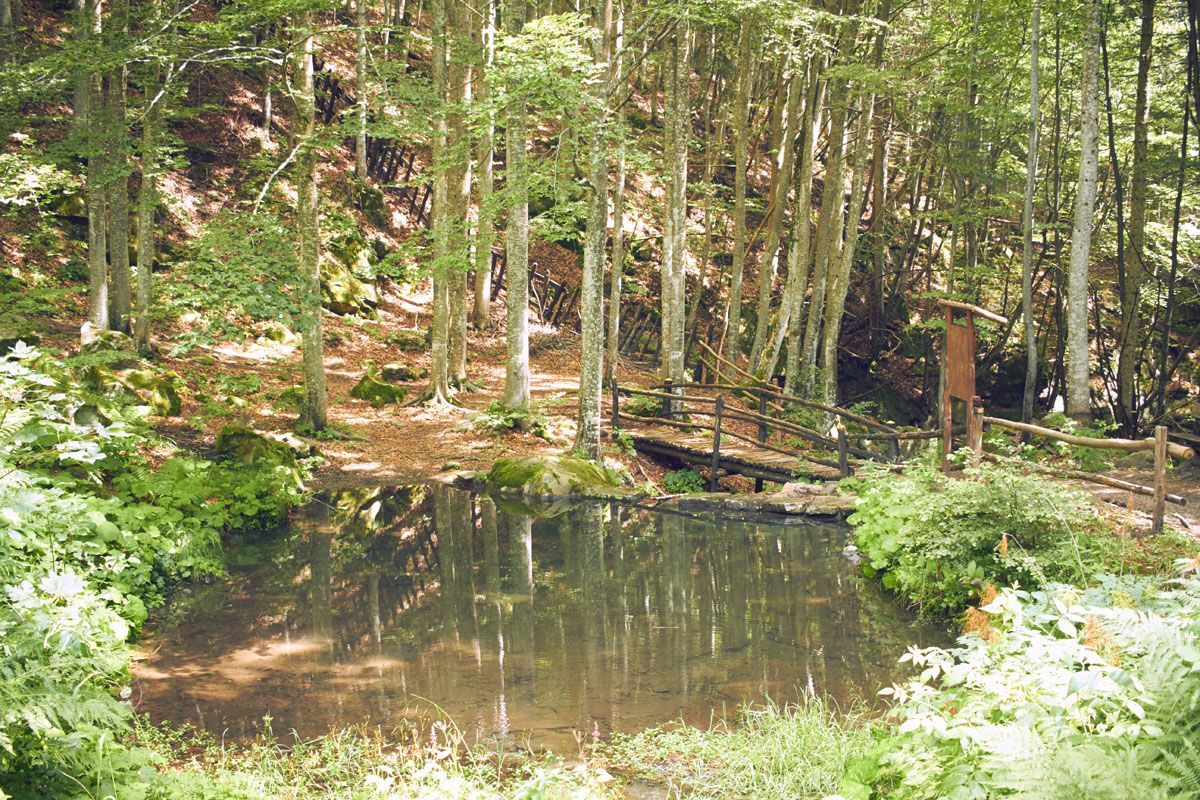
Titolo diapositiva
Scrivi qui la tua didascaliaPulsante
-
Abetone - Forest Botanical Garden
This wonderful mountain garden hosts botanical and forestry species typical of the Alto Appennino Pistoiese region: coloured mountain flowers, carnivore and medicinal plants, majestic trees, to be admired accompanied by the gentle murmuring of the Sestaione stream.
Due to the low temperatures and specific micro-climate of the area, this Botanical Garden also includes several Alpine species which have established, in this Apennine section, their southernmost growing limit; an example of this is the red fir (Picea abies), a relic of the last glaciation, which continues to reproduce spontaneously in the nearby Riserva di Campolino.
Alongside real-life collections you have the Teaching Hub in Fontana Vaccaia, where you can gain insight into the plant heritage of the Montagna Pistoiese area; inside it, there are traditional forestry tools and a large herbarium; temporary exhibitions and training courses are organised here.
OPENING HOURS 2023
From 21st June to 10th September: from Tuesday to Sunday, 9.30 a.m.-12.30 p.m. and 3.00-6.00 p.m.
Guided visits at: 9.30, 10.30, 11.30 a.m.; 3.00, 4.00 and 5.00 p.m.
For visits during extraordinary opening hours, please call the number +39 0573 638025
-
MUNAP – Museo Naturalistico Appennino Pistoiese
MUNAP – Natural history and Archaeological Museum of the Pistoia Apennine Area
GAVINANA – Via Orange
Refurbished in 2018, this museum leads you to discover natural history and human presence in the Pistoia Apennine region: animals, rocks, minerals, and fossils, for a fascinating journey towards the discovery of our territory.
A king of the forest will be there to welcome you; a splendid specimen of Apennine grey wolf (Canis lupus italicus), who used to live in our Montagna Pistoiese area.
Then there is an exciting surprise at the end of your visit: an imposing cave bear skeleton, a unique specimen, dating to 20,000 years ago.
OPENING HOURS 2023
From 2nd June to 1st October: from Friday to Sunday and 15/08, 3.30-6.30 p.m.
For visits during extraordinary opening hours, please call the number +39 0573 638025
1/7/2023
Orto Botanico di Pisa - Breve descrizione - Orari e Biglietti di ingresso
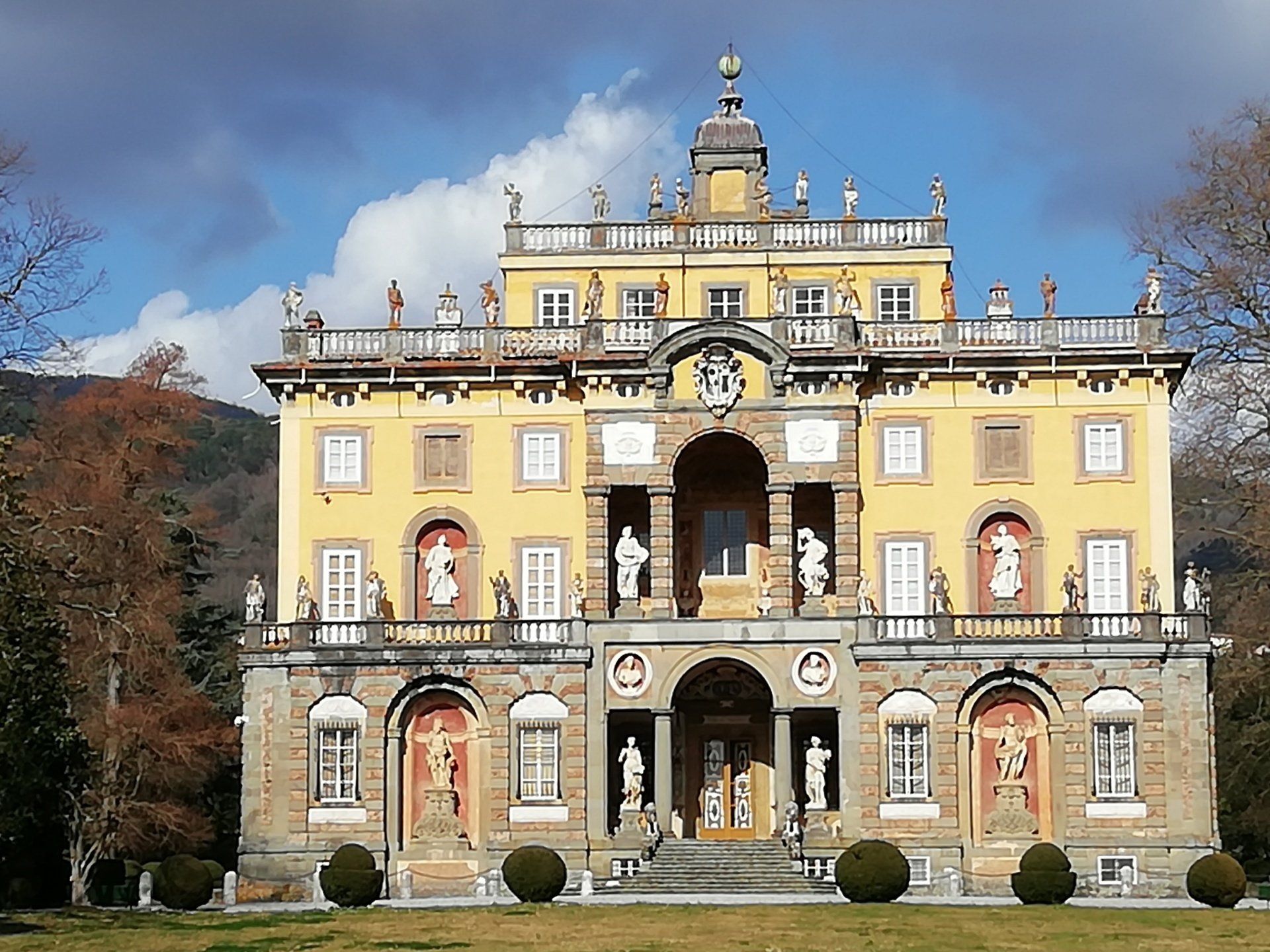
Slide title
Scrivi qui la tua didascaliaButton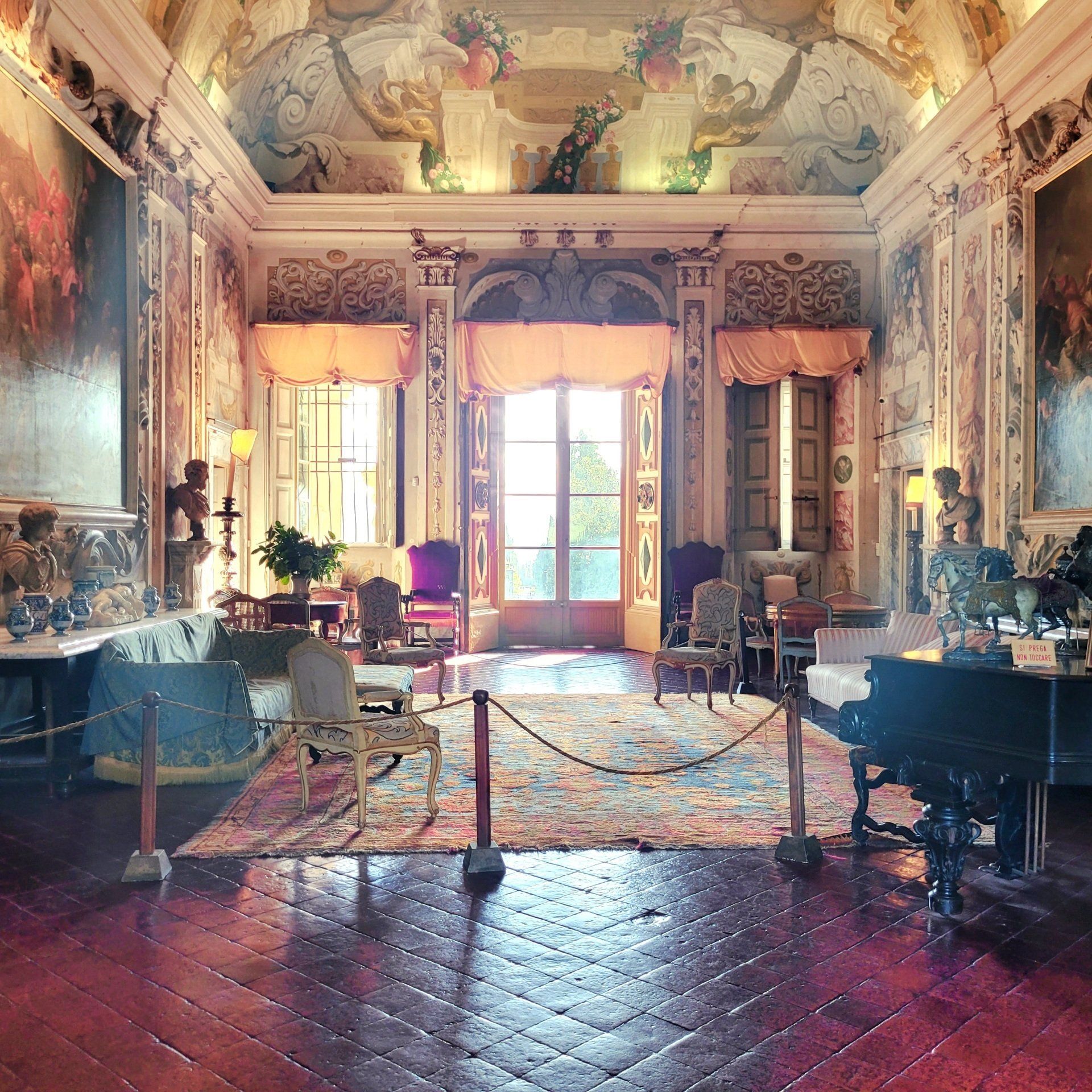
Slide title
Scrivi qui la tua didascaliaButton
Slide title
Scrivi qui la tua didascaliaButton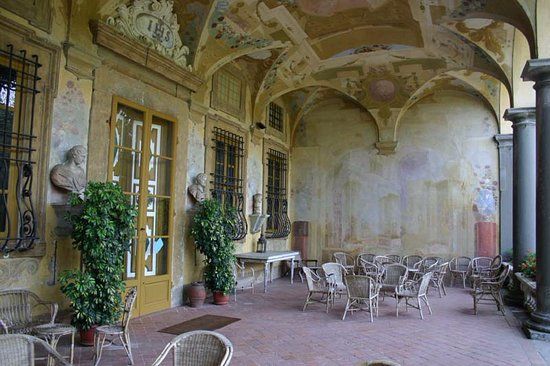
Slide title
Scrivi qui la tua didascaliaButton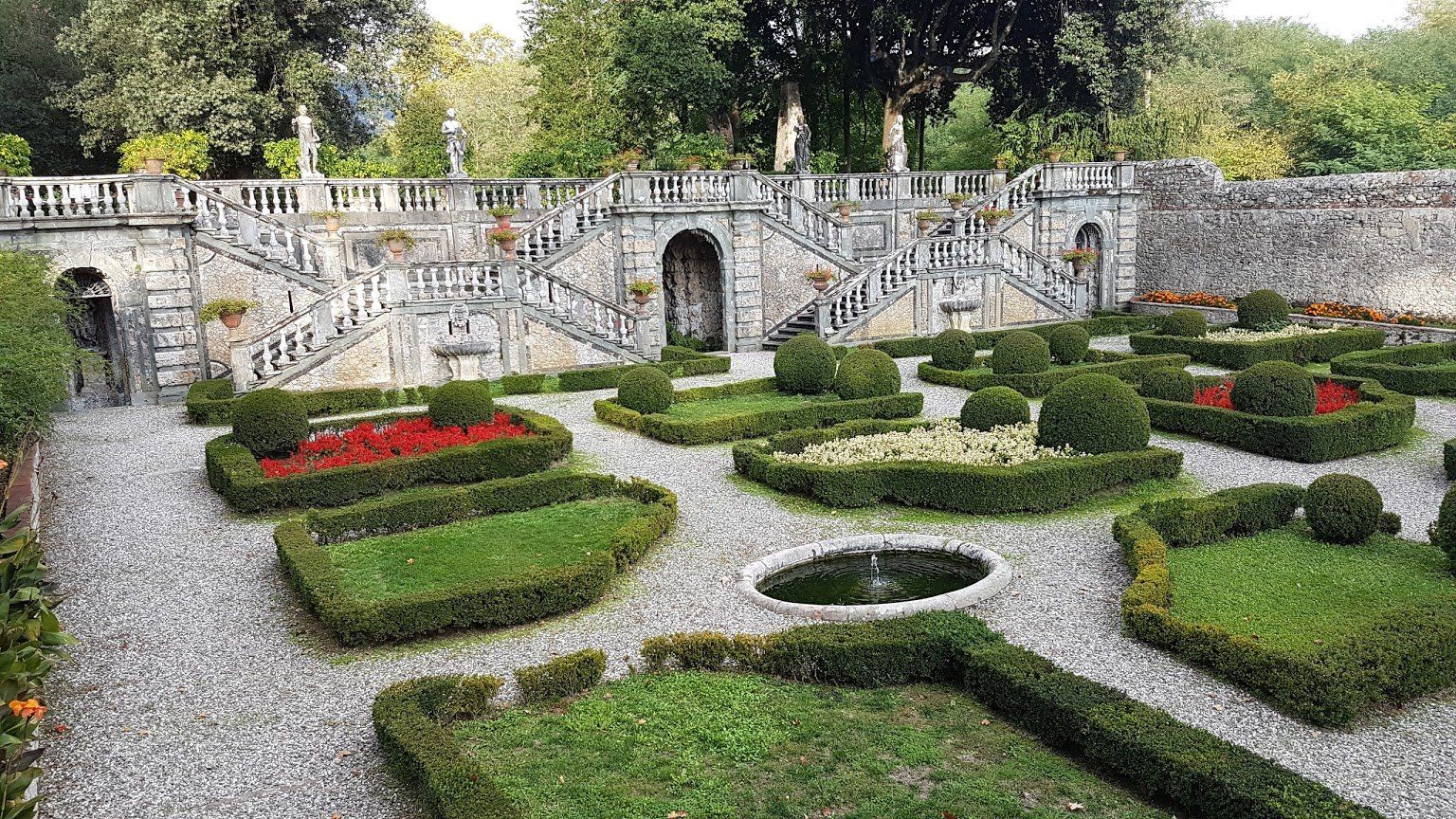
Slide title
Scrivi qui la tua didascaliaButton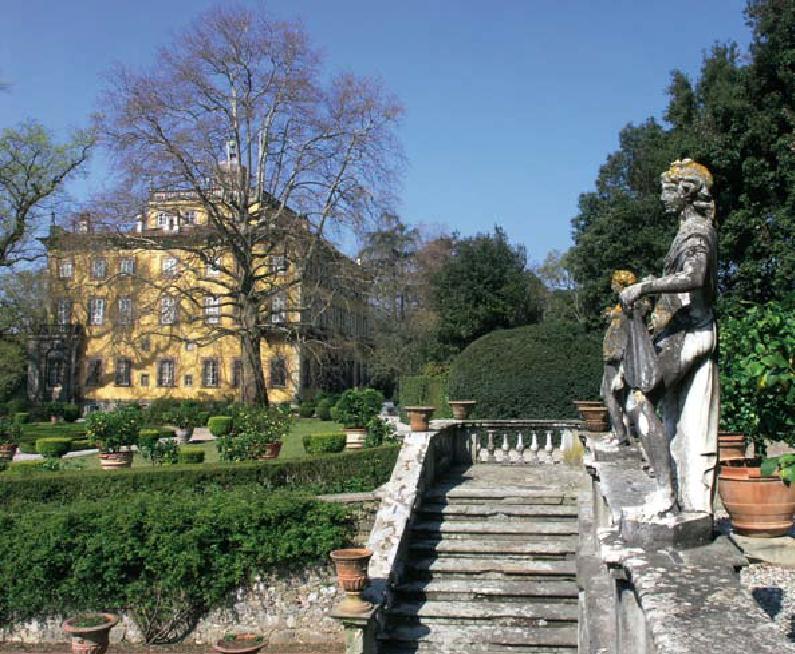
Slide title
Scrivi qui la tua didascaliaButton
-
Villa Torrigiani in Camigliano near Lucca
Two majestic wings of cypresses almost 1 km long herald the theatrical face of the best example of Baroque architecture in Tuscany. The Villa and its grounds were established in the early 1500’s by the then proprietors, the powerful Buonvisi family. It was the meeting place for the Marchioness Lucrezia, wife of Lelio Buonvisi, and her lover Arnolfini who, it seems, was captured actually outside the gates of Camigliano where he was accused of the murder of Marquis Lelio which had taken place in the city.
In the first half of 1600, the Villa di Camigliano was bought by the Marquis Nicolao Santini, the Republic of Lucca's ambassador to the court of Louis XIV (the Sun King), who transformed it into a sumptuous residence with a parterre flower garden and grand ornamental ponds reflecting the front of the house following the style of the Le Nòtre's projects for the Palace of Versailles.
He created a Garden-Theatre of Flora with grottoes and water tricks still in working order in the Grotto of Winds — a remarkable example of a circular stone mosaic grotto with niches holding important statues of the winds, fountains in the base and a cupola above from which water rains down.
The garden ‘enters’ the Villa as part of the decoration in Pietro Scorzini’s still perfectly preserved frescoes, which portray the seasons in the bedrooms, mythological scenes in the drawing rooms and the Emperor Aurelius in the main hall.
In fact, the Villa is still inhabited by the descendants of the Marquis Nicolao by way of the last remaining heir, Vittoria Santini, who married the Marquis Pietro Guadagni Torrigiani in 1816. Their busts can still be seen on the front and in the Chapel in which they are buried alongside the Marquis Carlo Luca and his daughter, the Marchioness Simonetta Torrigiani who married the Prince of Stigliano, Don Carlo Colonna, in 1937, and from whom the present owners are descended.
In the 19th century, the grounds to the front and rear of the Villa assumed a more romantic aspect with the introduction of essences from various parts of the world including today some splendid examples of Liriodendron Tulipifera, Taxodium districtum, Olsmanthus fragrans, Cedrus Atlantica and many varieties of Camelia.
-
Opening times and entrance ticket
Both from Agriturismo I Pitti and from Casa Rowe B&B a car is required to reach Villa Torrigiani.
The visit of the park is carried out independently, while the visit to the villa takes place approximately every hour, upon reservation by calling +39 349 6206847 or by email at villacamigliano@gmail.com
During the visit to the villa you are accompanied by a person who tells the story of the villa and the families who lived there.
Visits with explanations in English are also possible on request.
Opening times and entrance tickets:
March - October 2021:
Ticket for the park € 10.00 reduced € 8.00
Park and Villa € 15.00 reduced € 13.00
Reductions
- from 13 to 18 years, with the family: 13/14/15 years olds pay only for the Park, free in the Villa
Free
- children up to 12 years
- disabled people
4/6/2021
Villa Torrigiani di Camigliano - Tips for visits, timetables and entrance tickets
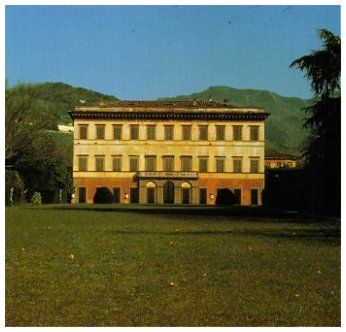
Titolo diapositiva
Scrivi qui la tua didascaliaPulsante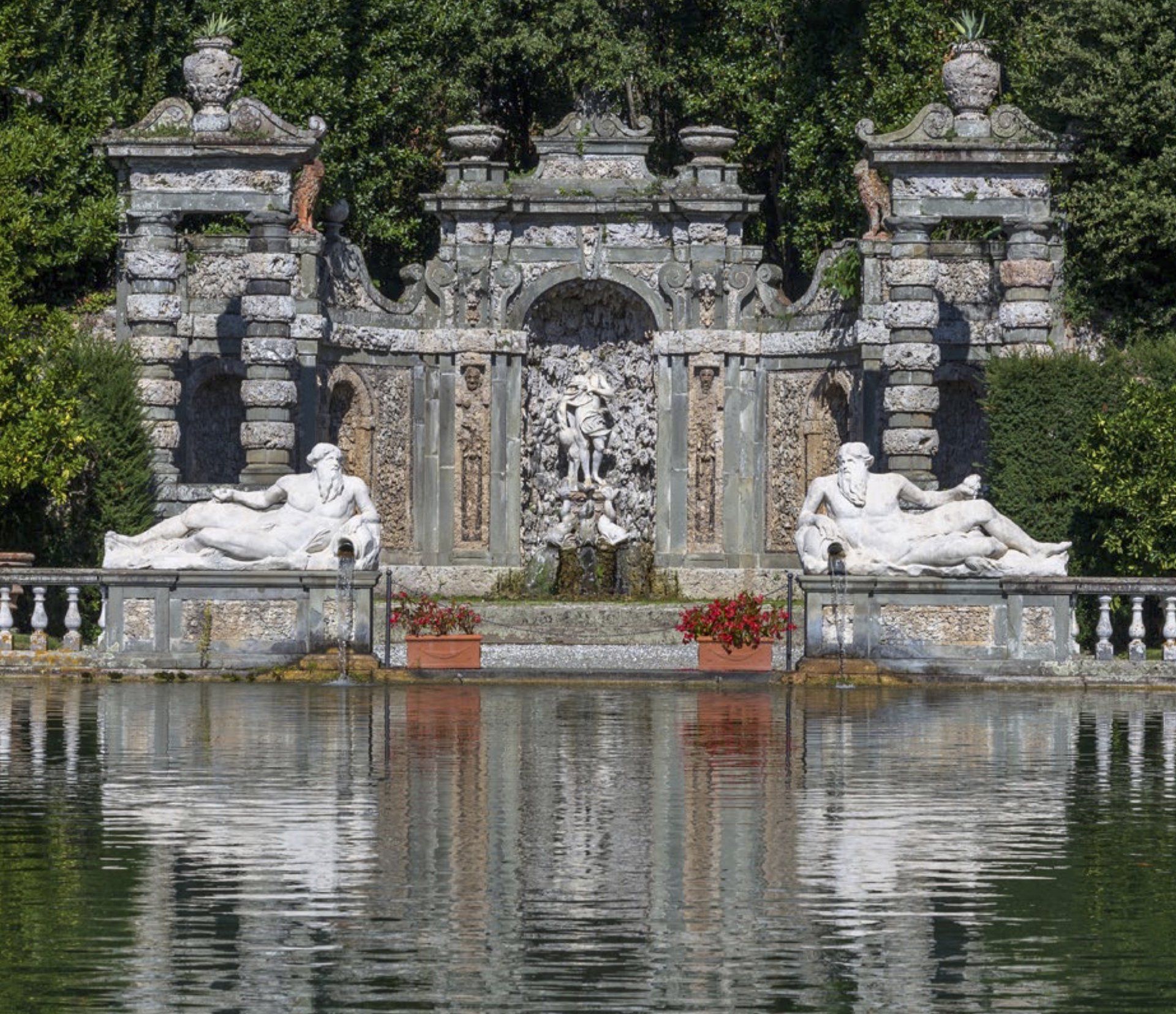
Titolo diapositiva
Scrivi qui la tua didascaliaPulsante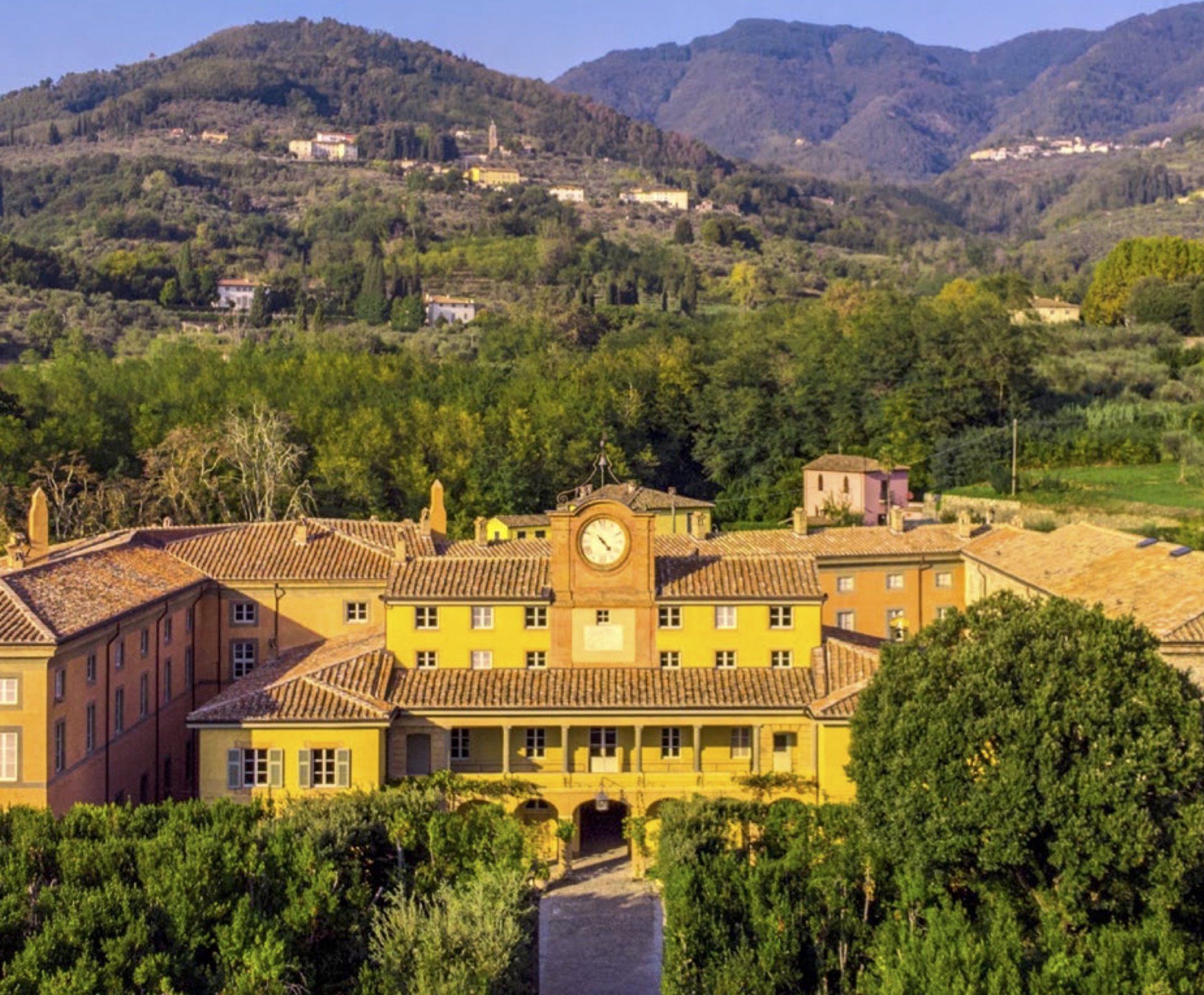
Titolo diapositiva
Scrivi qui la tua didascaliaPulsante
Titolo diapositiva
Scrivi qui la tua didascaliaPulsante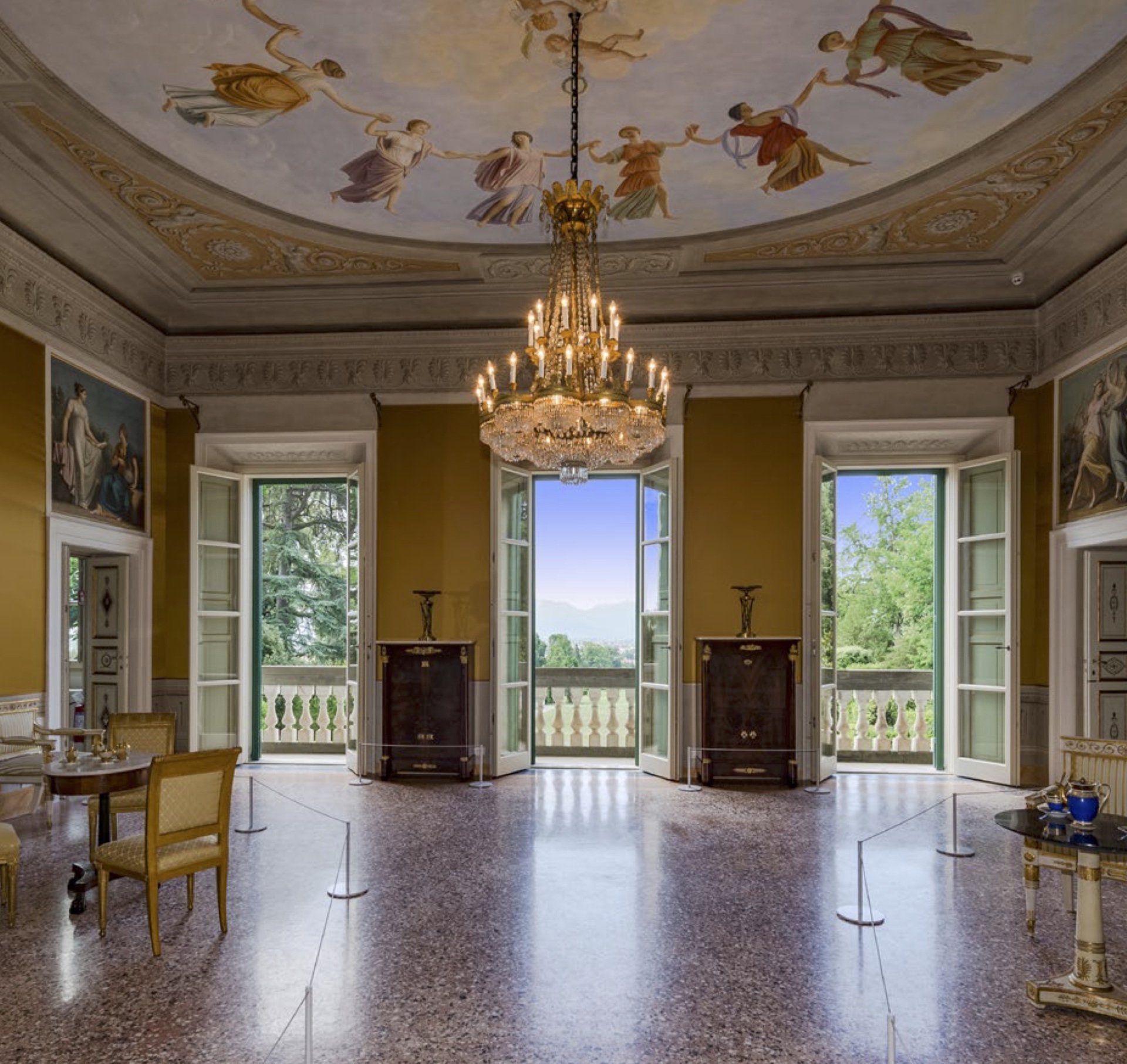
Titolo diapositiva
Scrivi qui la tua didascaliaPulsante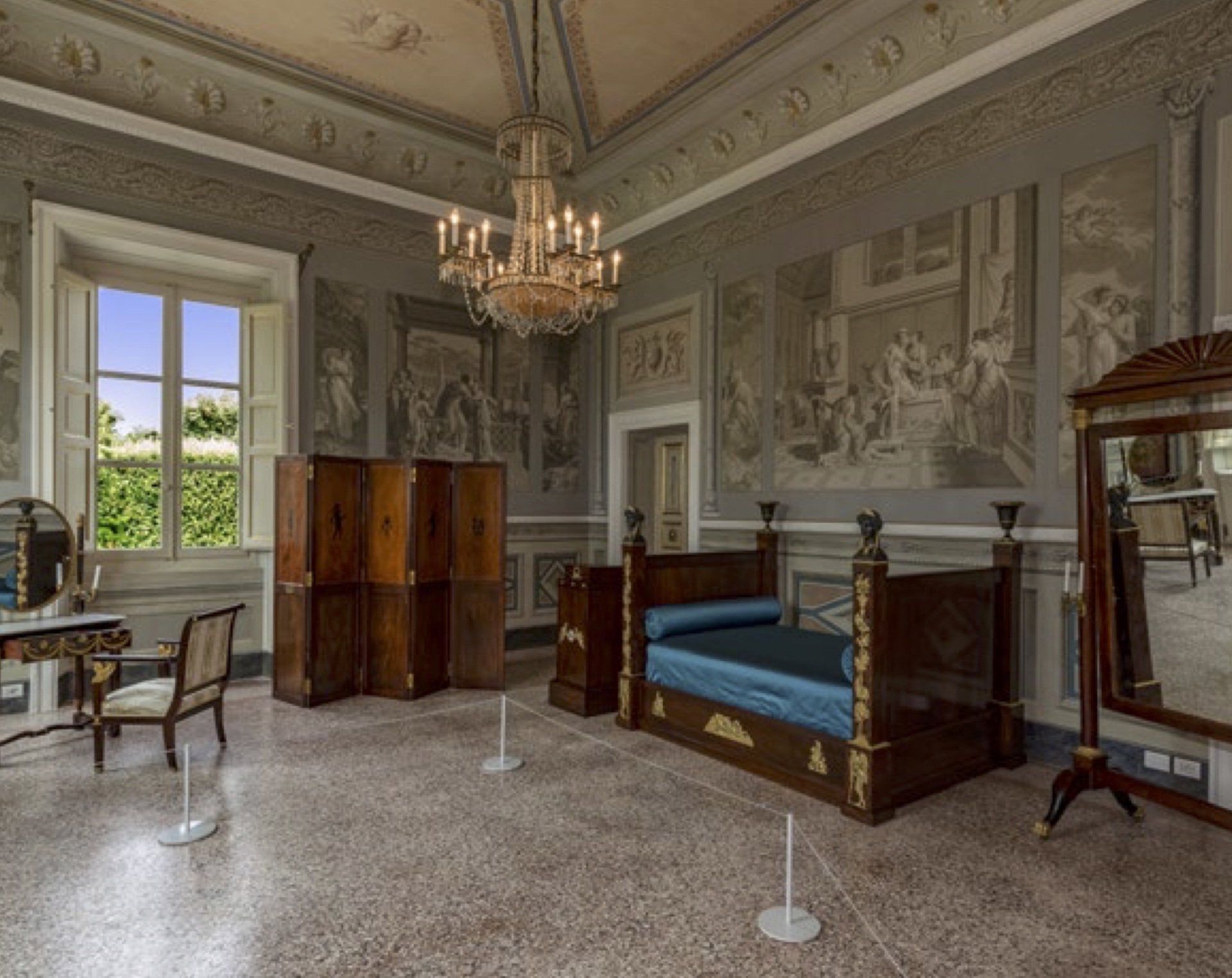
Titolo diapositiva
Scrivi qui la tua didascaliaPulsante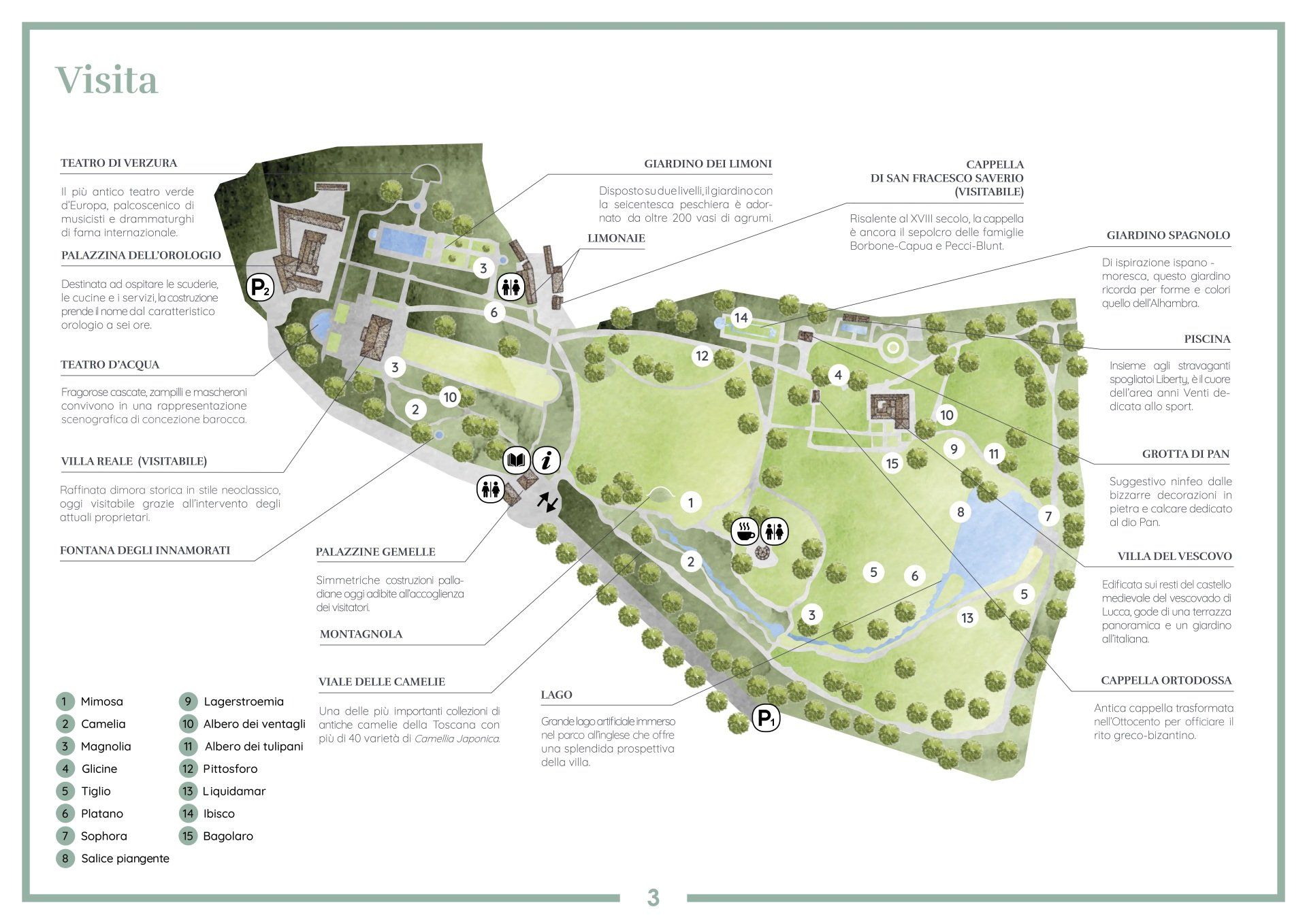
Titolo diapositiva
Scrivi qui la tua didascaliaPulsante
-
Villa Reale in Marlia close to Lucca
It is considered one of the most important historic residences in Italy. In the 19th century it was the residence of Elisa Bonaparte Baciocchi, Napoleon's sister and Princess of Lucca.
Recently restored by the new owners, it offers the visitor a unique experience, with walks in which to get lost in the multitude of paths admiring the various views in the huge park that preserves numerous botanical rarities.
A peculiar characteristic of the park is the multiplicity of its refined gardens: following the itinerary you can admire the Italian Garden of the Villa del Vescovo, the Spanish Garden in Spanish-Moorish style, the famous Lemon Garden with over 200 pots of citrus fruits, and then conclude with the beauty of the famous Teatro di Verzura (Theater of greenery) in which Paganini cheered Elisa Baciocchi on summer evenings.
Another uniqueness of the park is the suggestive and predominant presence of water: the Viale delle Camelie is animated by an artificial stream that flows to the lake and a little further on, the 1920s swimming pool flaunts its colors. The ancient Peschiera (Fish Pond) instead overlooks the Lemon Garden from which you can glimpse the fountain of the Teatro di Verzura. The Water Falls behind the Villa Reale conclude these water games.
The complex includes various structures dating back to different times spread throughout the property: the majestic Villa Reale and the adjacent Palazzina dell'Orologio dominate the upper part of the park, while in the center is the Chapel of S. Francesco Saverio, protector of tourists. Moving further south you can admire the nymphaeum called Grotta di Pan and the oldest architecture, the Villa del Vescovo.
Also the interiors of Villa Reale can be visited. The rooms of Princess Elisa are open to the public showing the very precious Empire-style interiors: all the furnishings have been carefully restored, as well as the marbles, tapestries, doors and all the details that will leave the visitor speechless.
The 1920s pavilion has become the "Café Villa Reale" where visitors to Villa Reale can find refreshment, shade and relax in the midst of nature in a completely original setting!
Download the free Villa Reale App from Google Play and discover the gardens with video itineraries and the interiors with the audio guide!
-
Opening times and tickets
Both from the Agriturismo I Pitti as from the Casa Rowe B&B a car is needed to reach the Villa Reale in Marlia.
Opening times and entrance Tickets:
March- November 6 2022:
every day from 10.30am to 6.00pm, last admission at 5.30pm
From November 6 to February only upon reservation
EXTRAORDINARY CLOSURE 2022:
may 22; May 27; June 22; June 25; 5th August; September 3; October 9
FULL TICKET:
Adults
Tickets: € 10 Park, € 15 Park + Villa, € 15 Park + Palazzina dell’Orologio, € 18 Park + Villa + Palazzina dell’Orologio
REDUCED:
Children from 14 to 17 years, Groups of min. 10 people, Adults > 65 years
Tickets: € 7 Park, € 12 Park + Villa, € 12 Park + Palazzina dell’Orologio, € 15 Park + Villa + Palazzina dell’Orologio
Dogs are welcome!
It is possibile to bring a picnic.
12/4/2022
Villa Reale in Marlia- Suggestions for the visit, opening times and entrance tickets
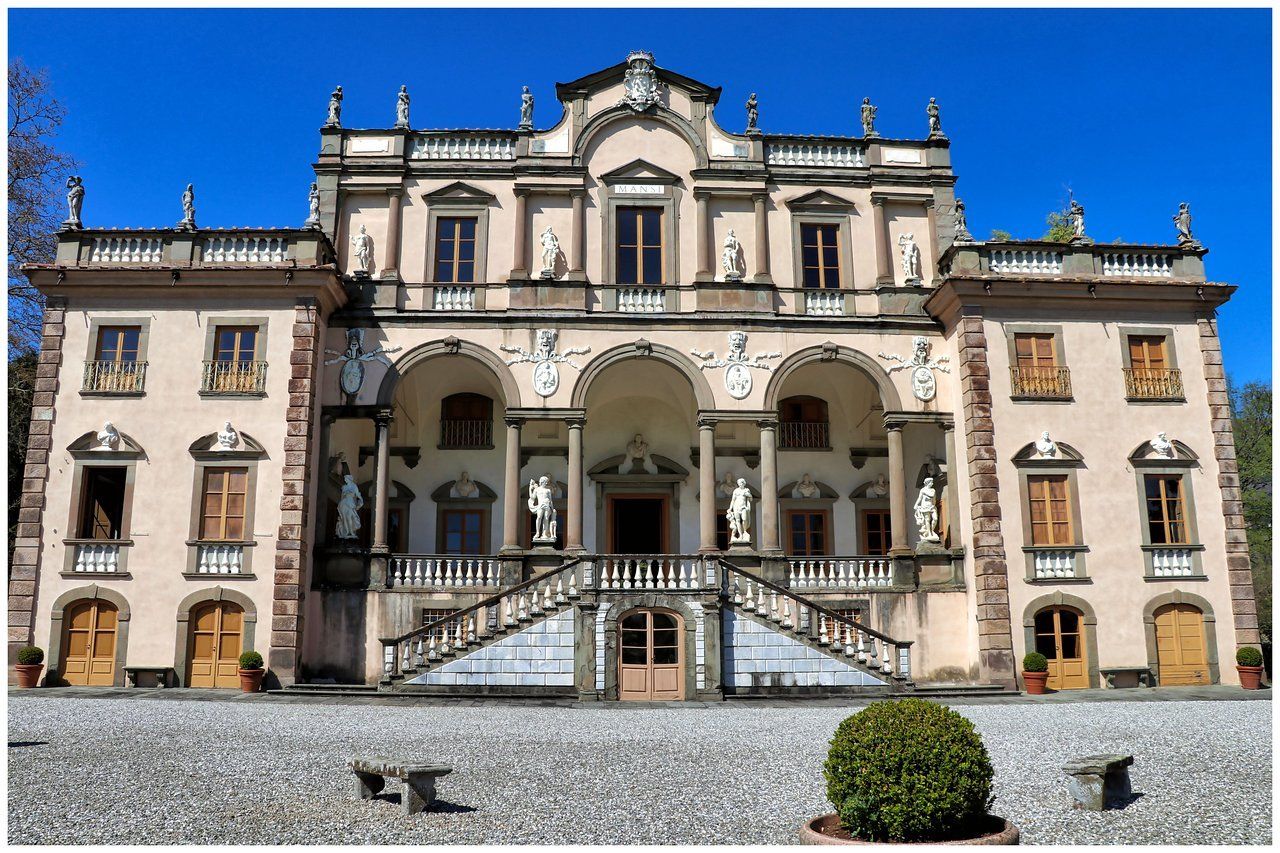
Titolo diapositiva
Scrivi qui la tua didascaliaPulsante
Titolo diapositiva
Scrivi qui la tua didascaliaPulsante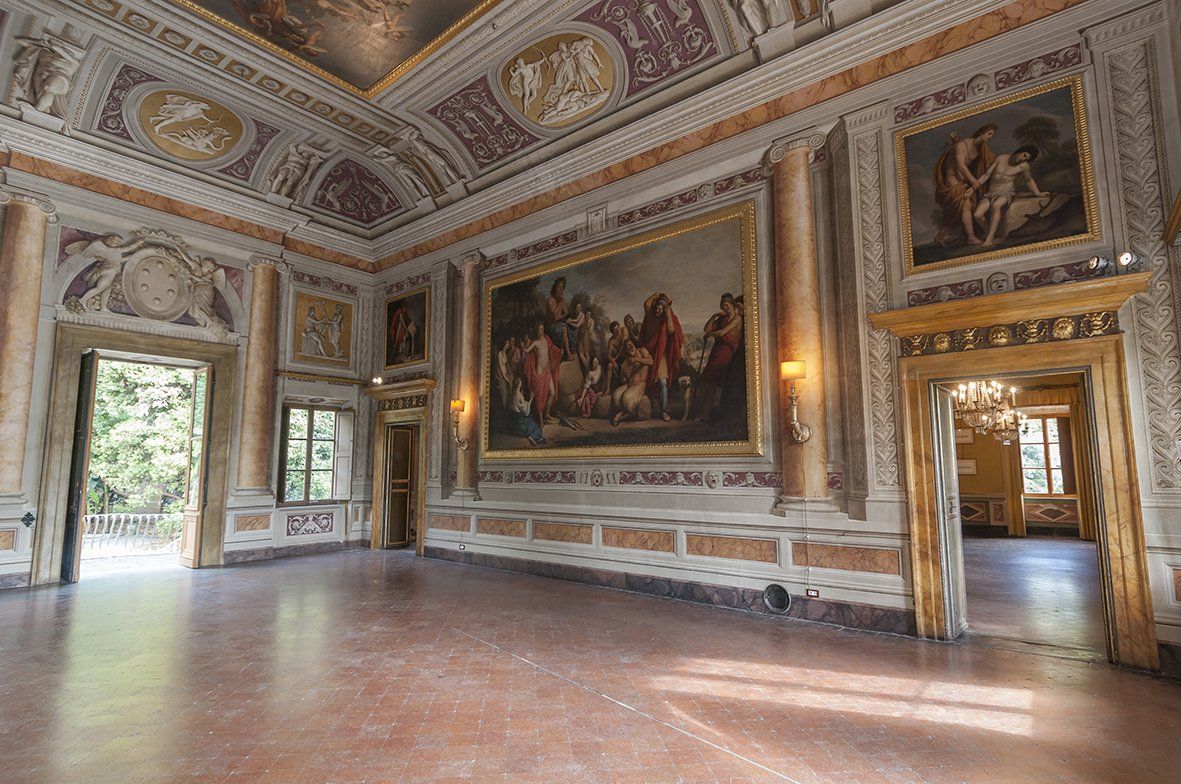
Titolo diapositiva
Scrivi qui la tua didascaliaPulsante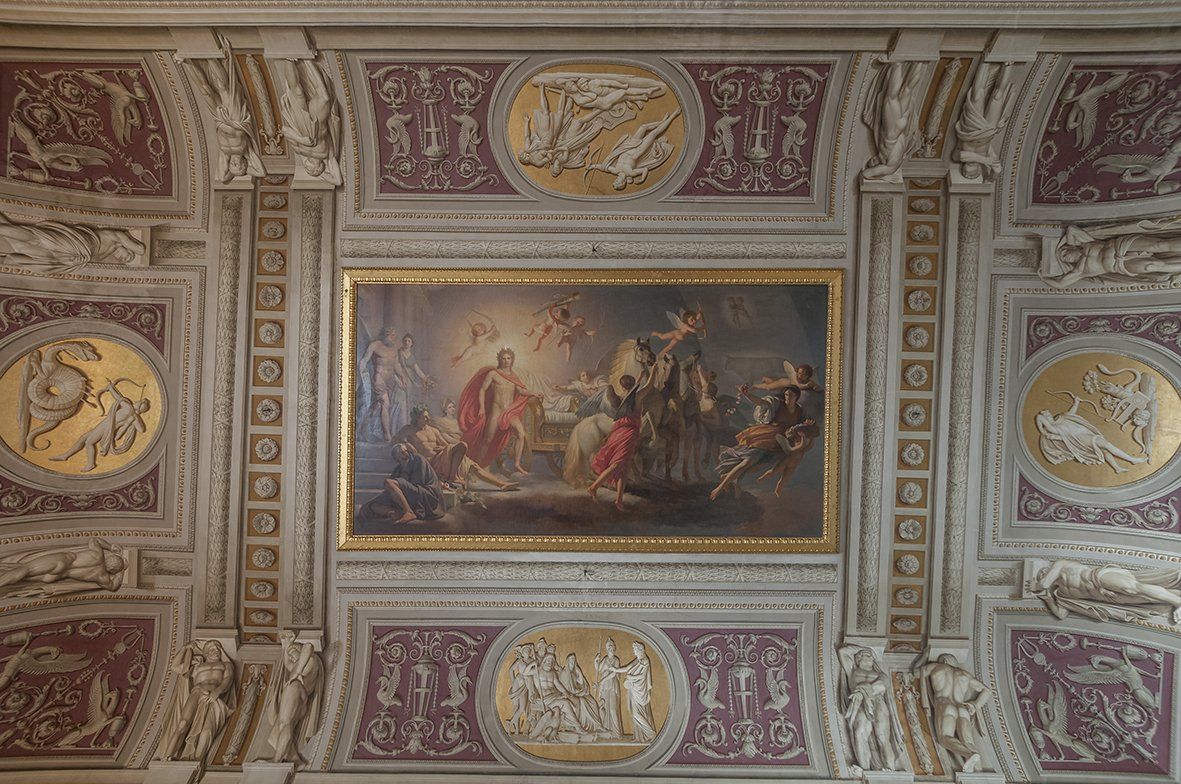
Titolo diapositiva
Scrivi qui la tua didascaliaPulsante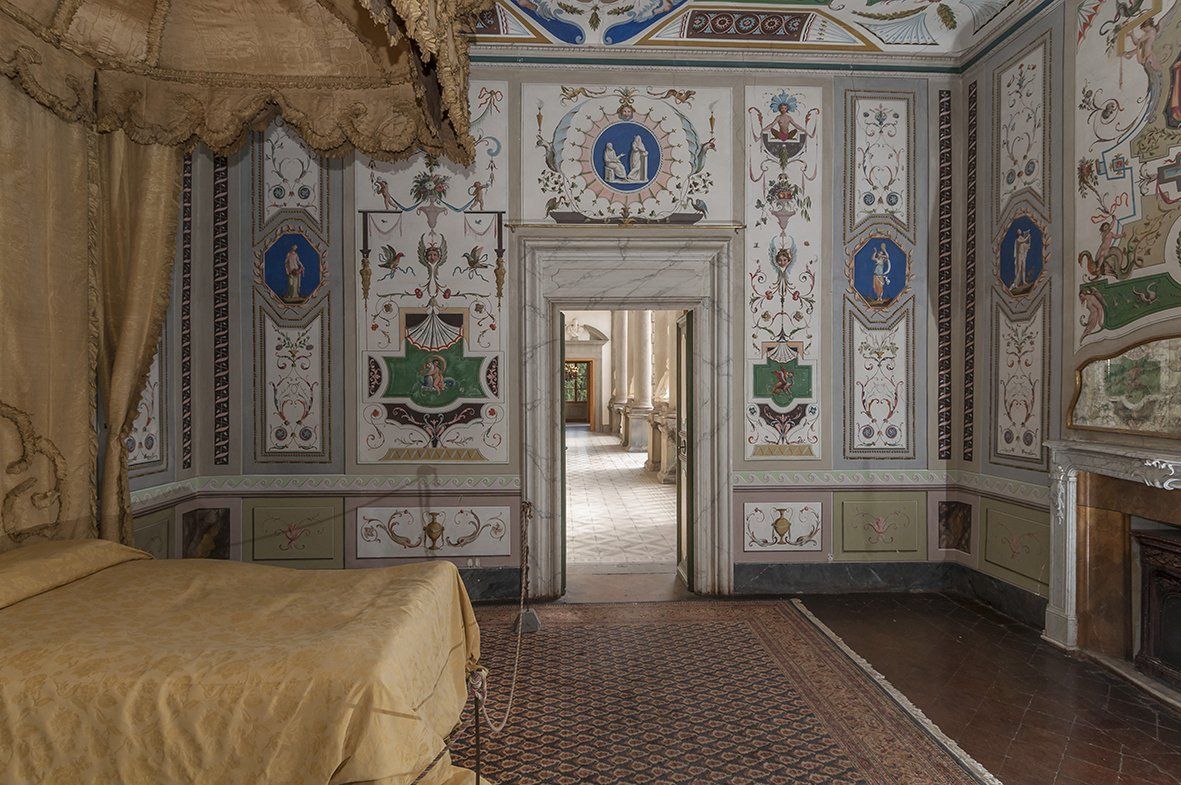
Titolo diapositiva
Scrivi qui la tua didascaliaPulsante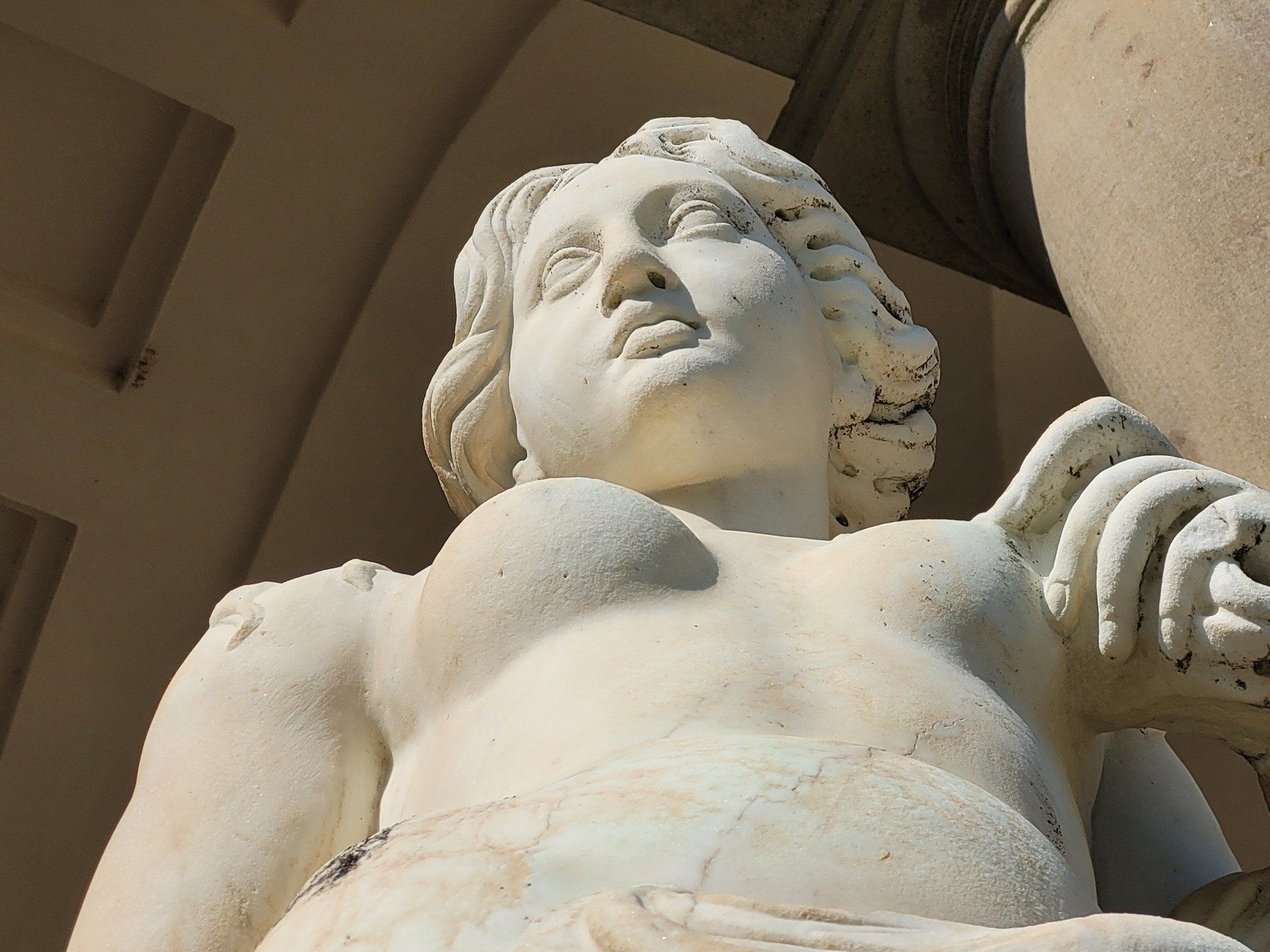
Titolo diapositiva
Scrivi qui la tua didascaliaPulsante
-
Villa Mansi close to Lucca
Among the many villas in the surroundigs of Lucca, villa Mansi is certainly the most representative of the life and culture of the patrician families who once ruled the Republic of Lucca. The Mansi belonged to a family well known in Europe in the field of silk trade since the beginning of the sixteenth century, when it worked in close contact with other patrician families from Lucca such as the Buonvisi, Arnolfini and Cenami families. From this last family they acquired the Segromigno villa in the seventeenth century, which was subsequently transformed to achieve the appearance we see today. The Mansi entrusted the architect Filippo Juvarra with the construction of an Italian garden, which was redesigned in English garden a few decades later. Numerous frescoes and oil paintings adorn the rooms of the villa. In the main hall the works of the classicist painter Stefano Tofanelli stand out. They show the Judgment of Midas and the Death of Marsyas and, on the ceiling, the Triumph of the God Sun. The elegant villa with its pretty gardens was used by the Republic of Lucca to host princes and guests, who found a pleasant stay here.
-
Opening times and tickets
Both from the Agriturismo I Pitti as from the Casa Rowe B&B a car is needed to reach the Villa Reale in Marlia.
Opening times and entrance Tickets:
March (Summertime)- October
every day from 2 pm to 6 pm, last admission at 5.30pm
November - March
from 11.30am - 3.30 pm
last entrance 3 pm
Tickets
Parc + Villa, 7 €
Dogs are welcome!
It is possibile to bring a picnic.
7/3/2022
Villa Mansi - Suggestions for the visit, entrance times and tickerts
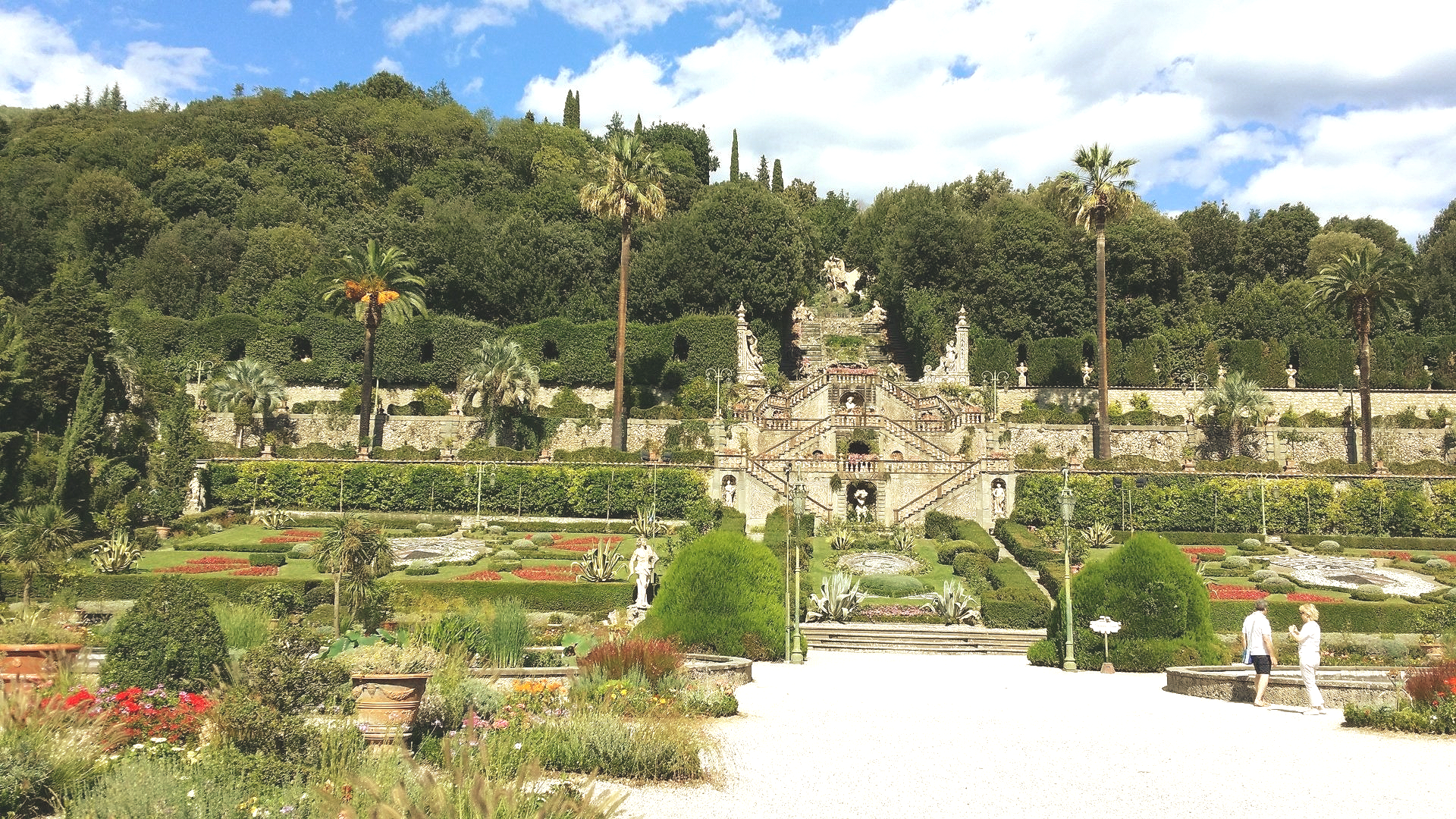
Titolo diapositiva
Scrivi qui la tua didascaliaPulsanteTitolo diapositiva
Scrivi qui la tua didascaliaPulsante
Titolo diapositiva
Scrivi qui la tua didascaliaPulsante
Titolo diapositiva
Scrivi qui la tua didascaliaPulsanteTitolo diapositiva
Scrivi qui la tua didascaliaPulsanteTitolo diapositiva
Scrivi qui la tua didascaliaPulsanteTitolo diapositiva
Scrivi qui la tua didascaliaPulsante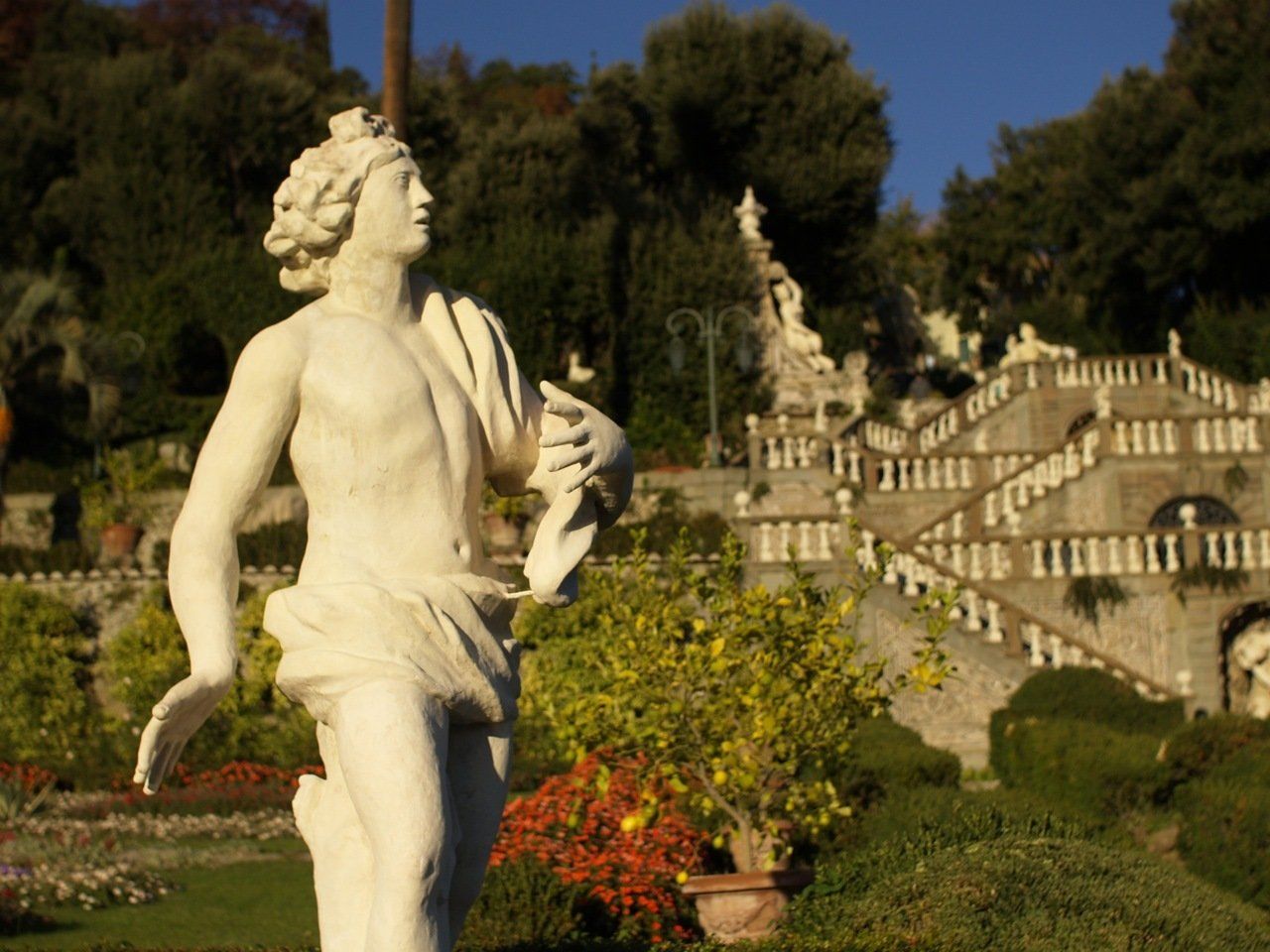
Titolo diapositiva
Scrivi qui la tua didascaliaPulsante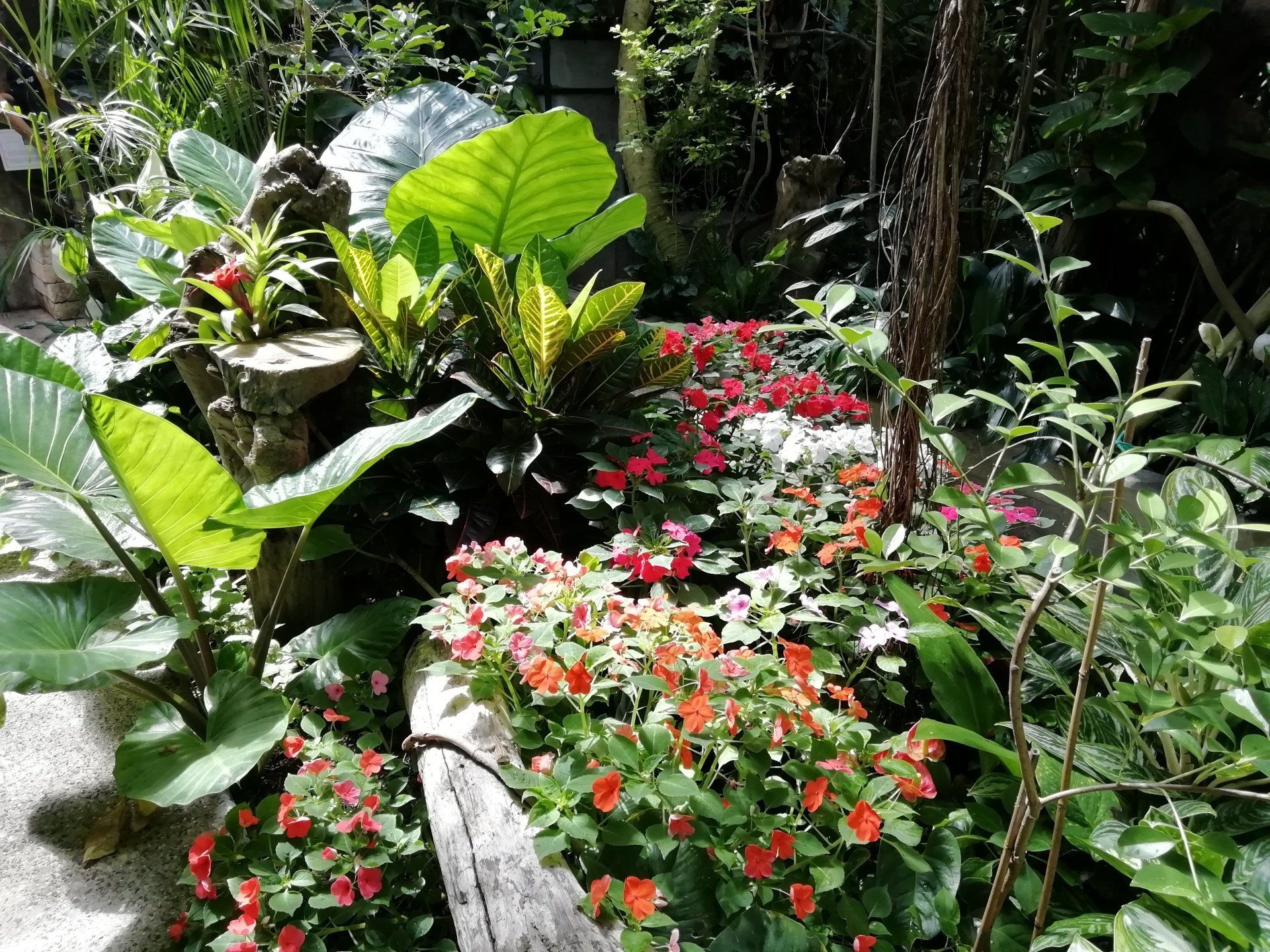
Titolo diapositiva
Scrivi qui la tua didascaliaPulsante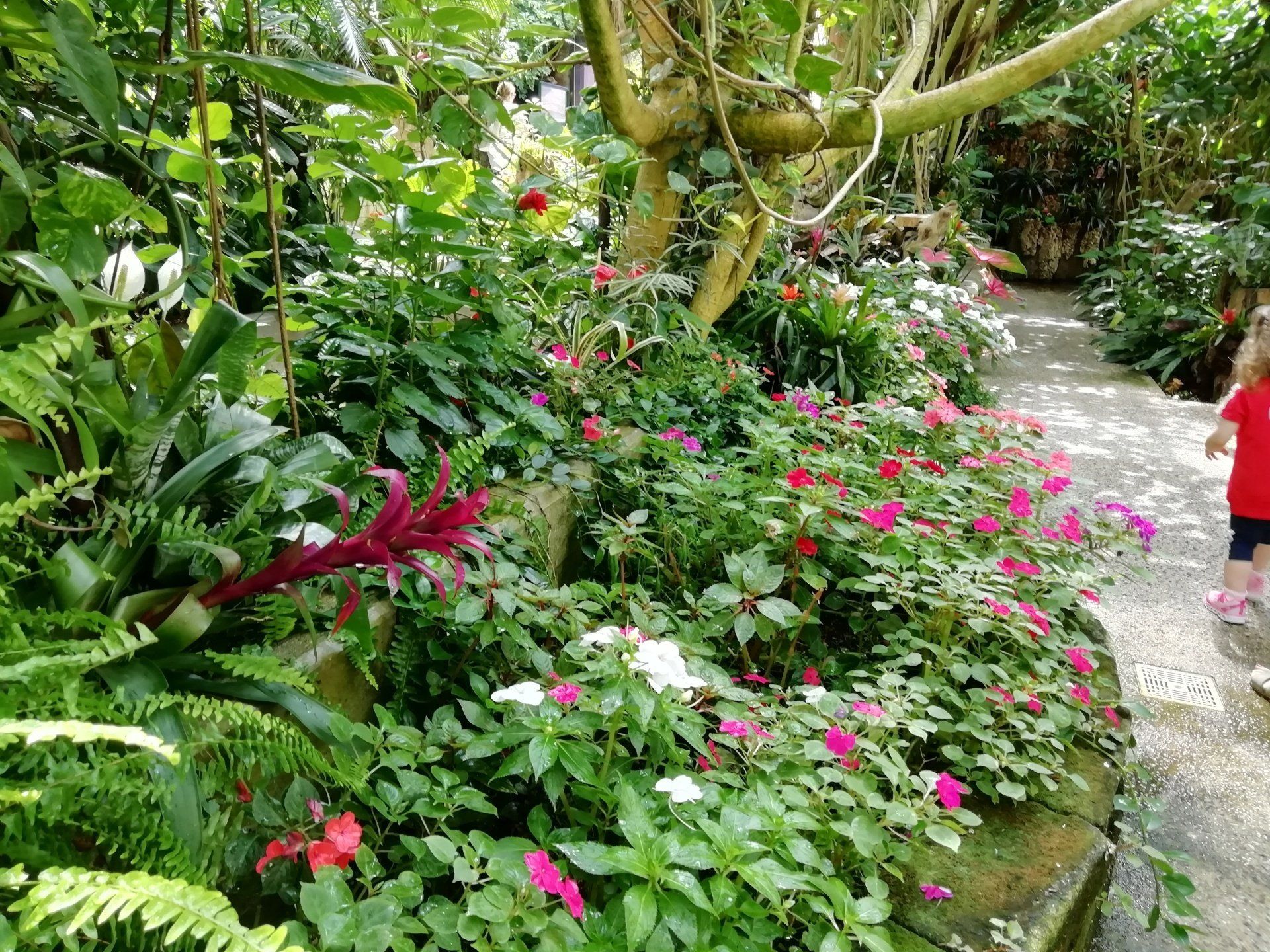
Titolo diapositiva
Scrivi qui la tua didascaliaPulsante
Titolo diapositiva
Scrivi qui la tua didascaliaPulsante
Titolo diapositiva
Scrivi qui la tua didascaliaPulsante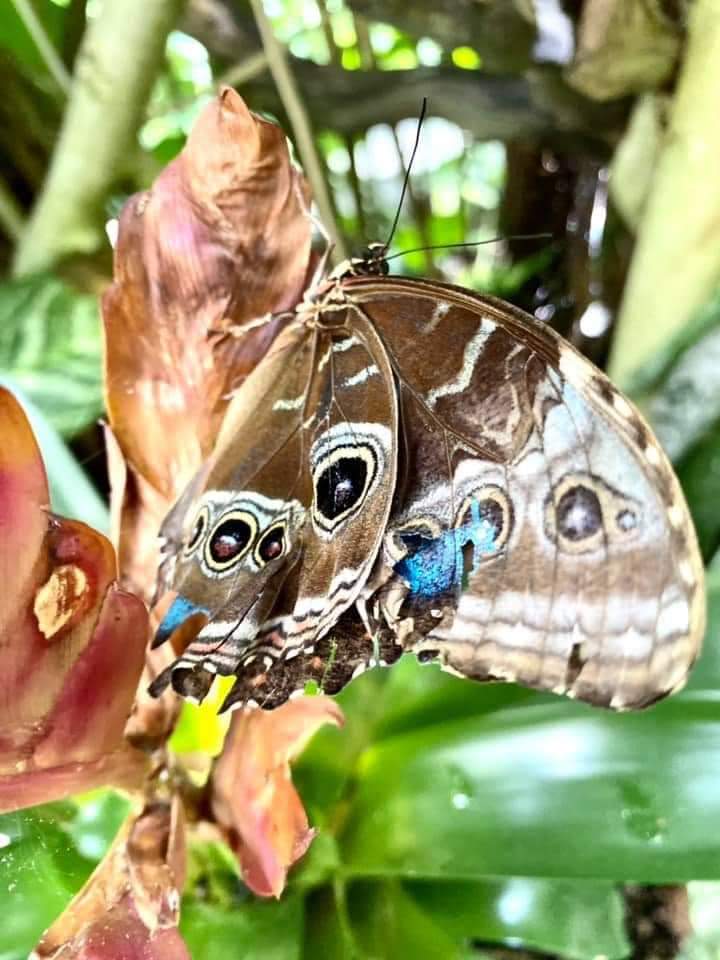
Titolo diapositiva
Scrivi qui la tua didascaliaPulsante
Titolo diapositiva
Scrivi qui la tua didascaliaPulsante
Titolo diapositiva
Scrivi qui la tua didascaliaPulsante
-
Garden of Villa Garzoni - Collodi
The historic Garzoni Garden, one of the most beautiful in Italy, represents a felicitous synthesis between Renaissance geometry and the spectacular quality of the nascent Baroque. The garden is a work of art of rare equilibrium, where the greenery, the flights of steps, the water plays and statues form a truly unique ensemble. It is an absolutely unforgettable experience to loose oneself amidst the wonders of this fantastic place: grottoes, theatres carved out of box hedges, statues representing mythological creatures, satyrs, female figures, greenhouses with peacocks, forests of bamboo. An ancient, and somewhat arch tradition considers the visit to be propitious for lovers, and not only on account of the leafy shade and the arbours that offer secluded spots for tender caresses, but also of the maze, a symbolic allusion to the path to follow together throughout life. As soon as we enter the garden we come upon delightful parterres, statues and two large circular pools. Proceeding we then reach two magnificent double ramps of steps featuring a complex hydraulic system that supplies the water plays. These steps lead to the three upper terraces. Beyond is the impressive water staircase, flanked by two female statues representing the eternal rivals Lucca and Florence. At the very top is the statue of Fame blowing into a shell, emerging from which a jet of water traces out a lofty arc. Leading off the main route through the garden are numerous side paths and avenues where we can discover its marvels among the fragrances of the different plants, the plays of light and shade of the vegetation, the intrigue of the mazes and the enchantment of the sculptures.
-
Butterfly House
The Collodi Butterfly House is a splendid greenhouse-building of stone and crystal, housing a lush tropical garden with nearly a thousand butterflies from all over the world. In the interior the visitor can admire a beautiful exotic garden where around a thousand of the most beautiful butterflies in the world, originating from Amazonian, Neotropic, Afrotropic and Indo-Australian environments, feed, court and reproduce. A fascinating world where ethology triumphs, and where we can observe all the phases of development (egg, larva, chrysalis and butterfly), note the differences between butterflies and moths, recognize the terrific aposematic colors and the tricks the butterflies adopt for survival, such as Batesian and Mullerian mimicry.
8/3/2024
Giardino di Villa Garzoni a Collodi con Butterfly House, Casa delle Farfalle - Orari e biglietti di ingresso scontati per gli ospiti dell'Agriturismo i Pitti e del Casa Rowe Bed and Breakfast



